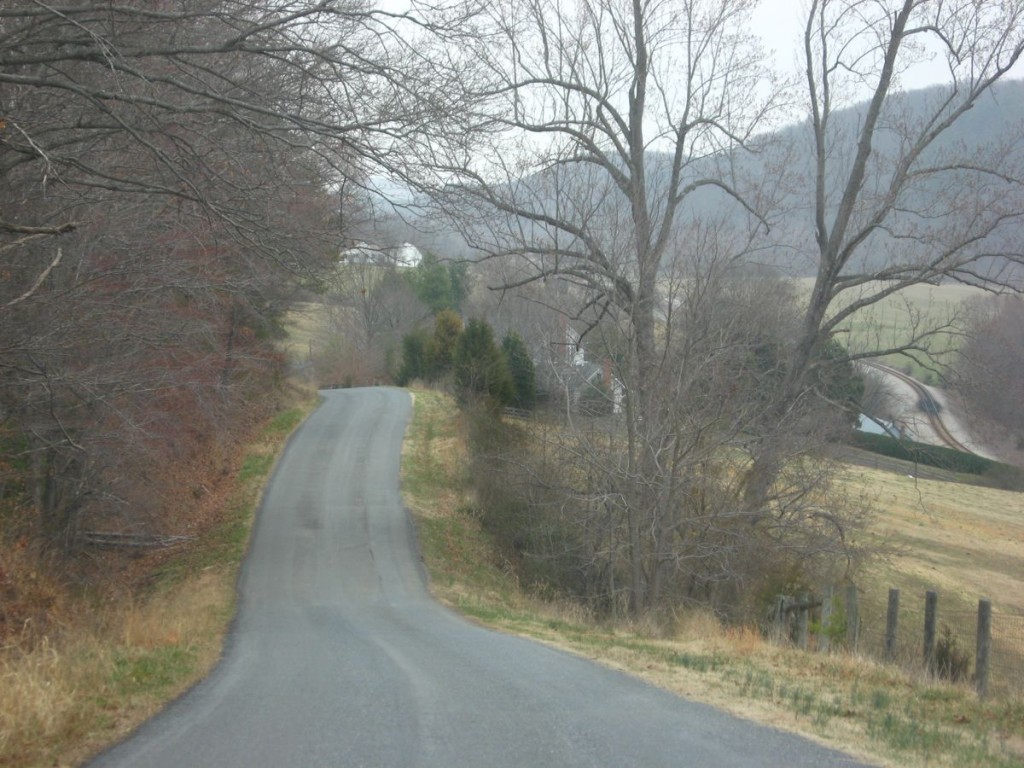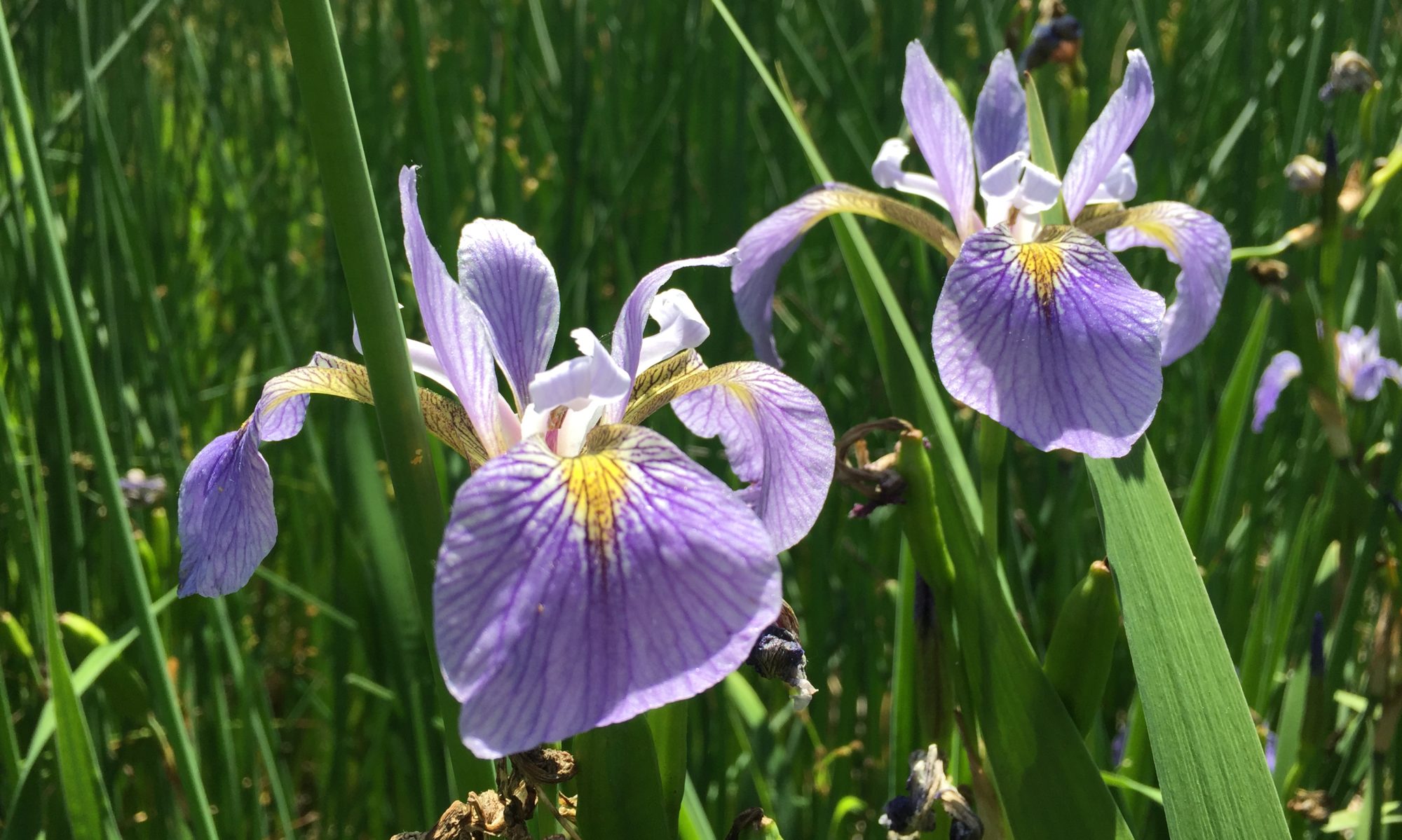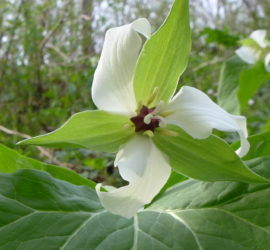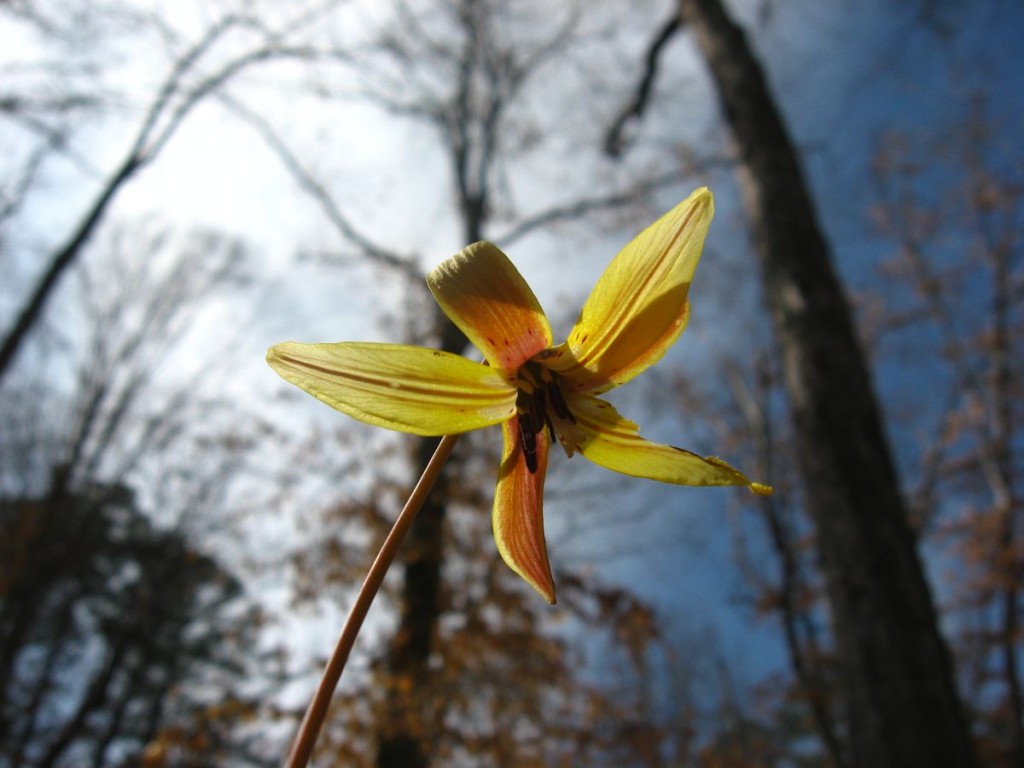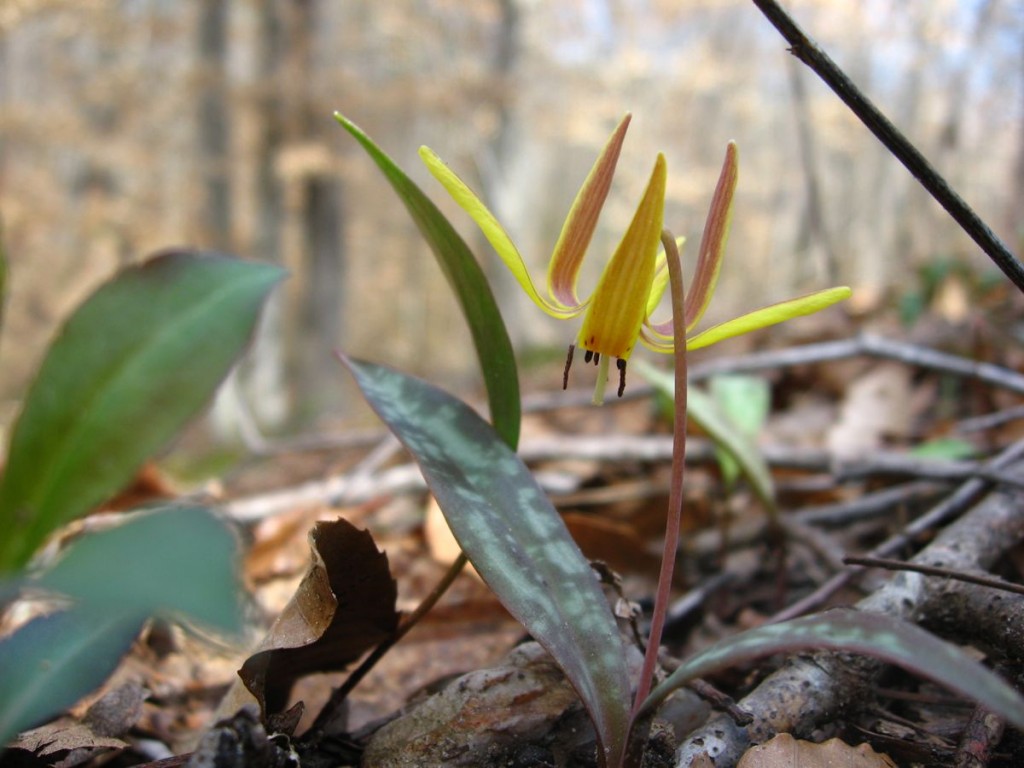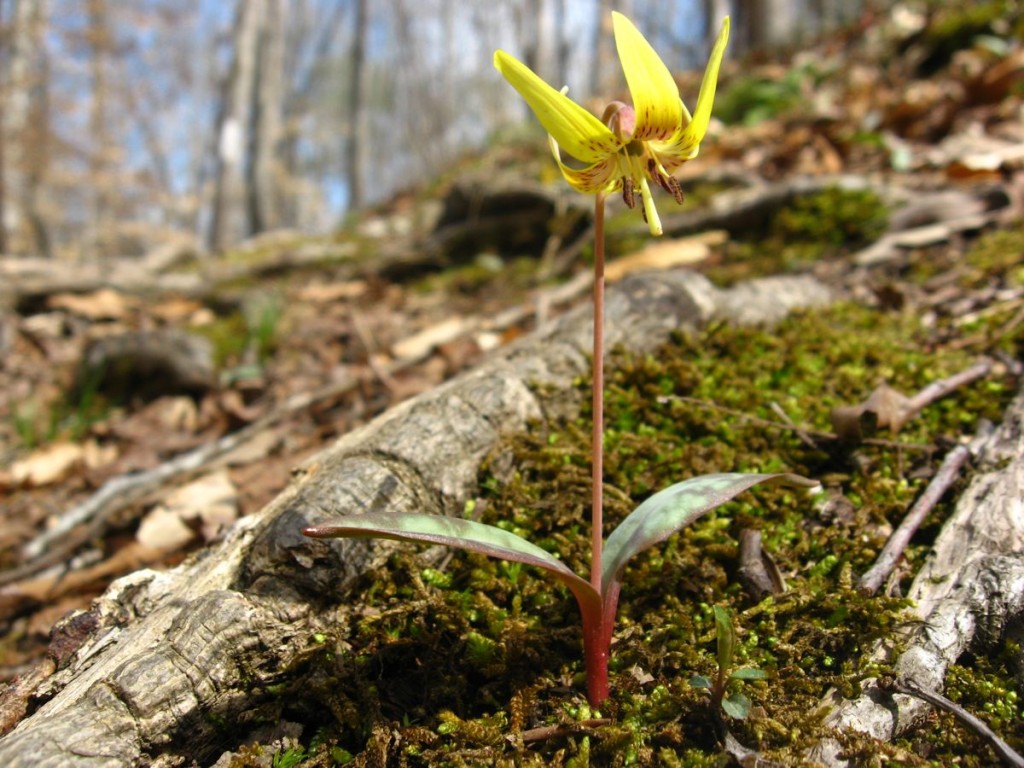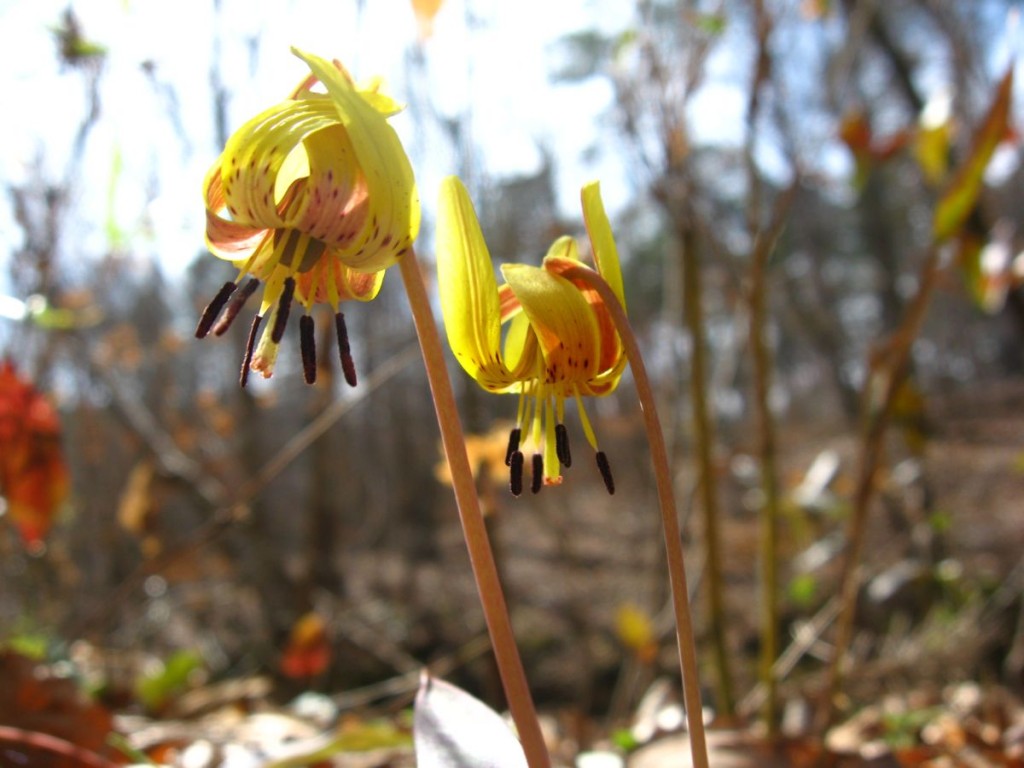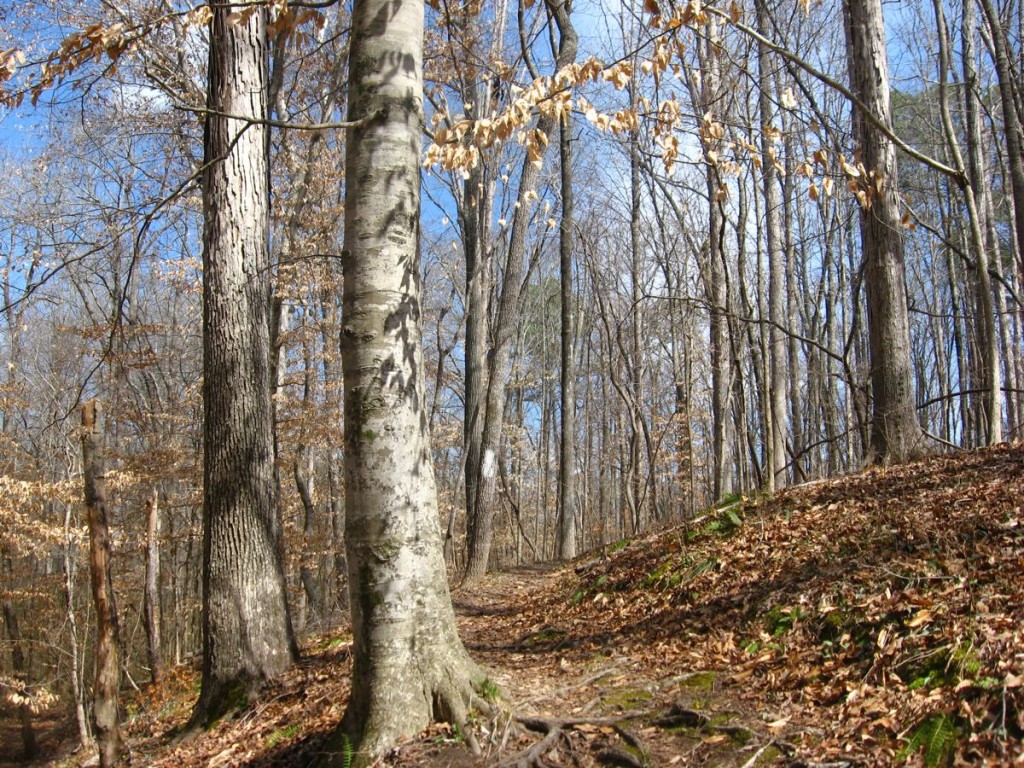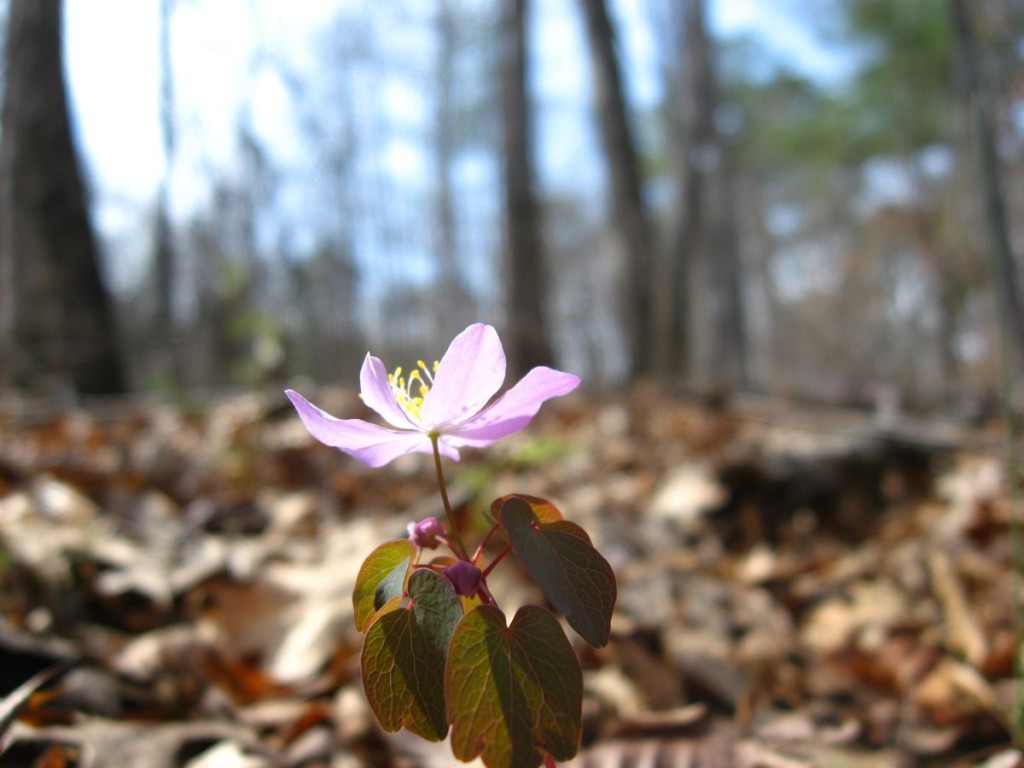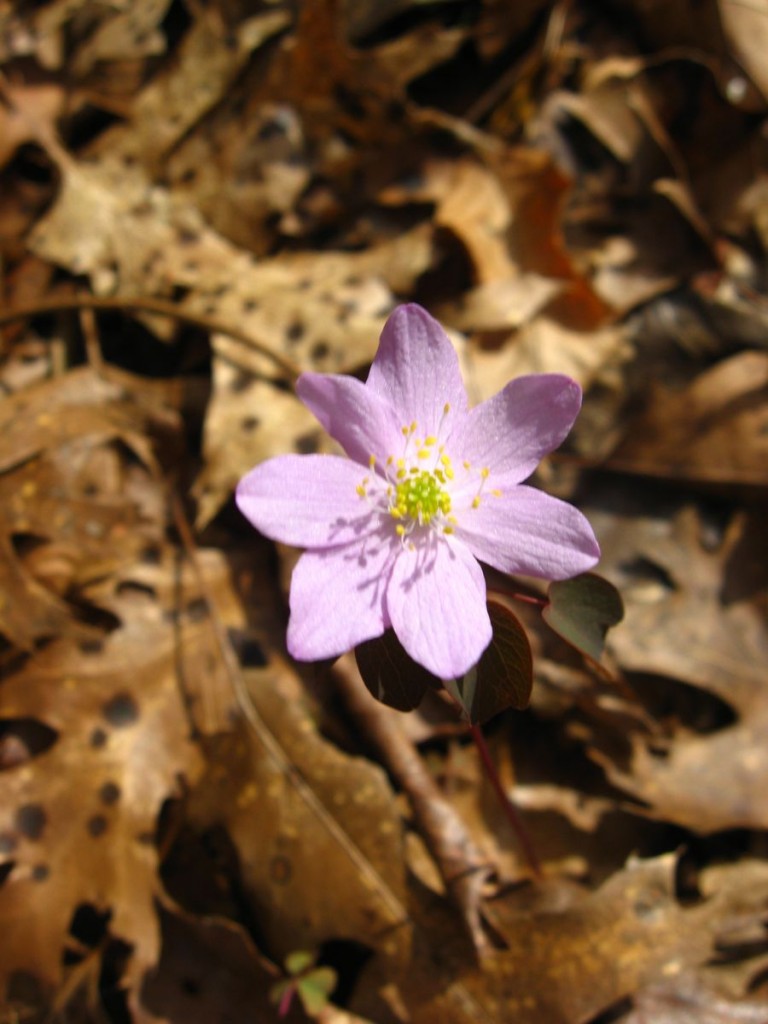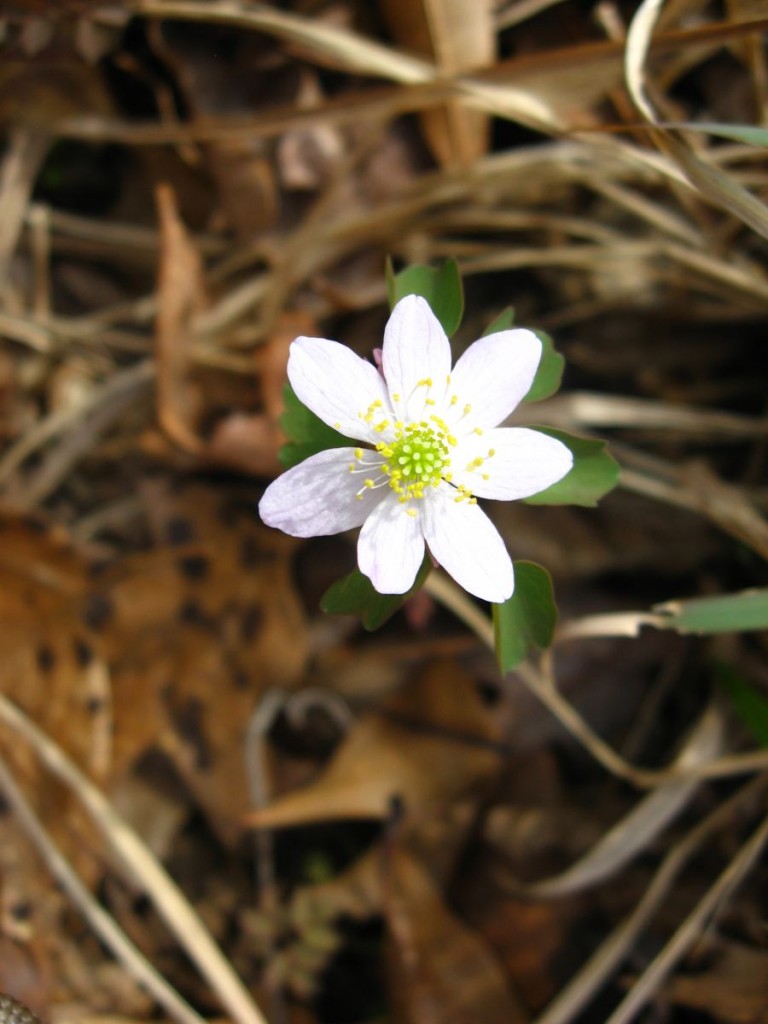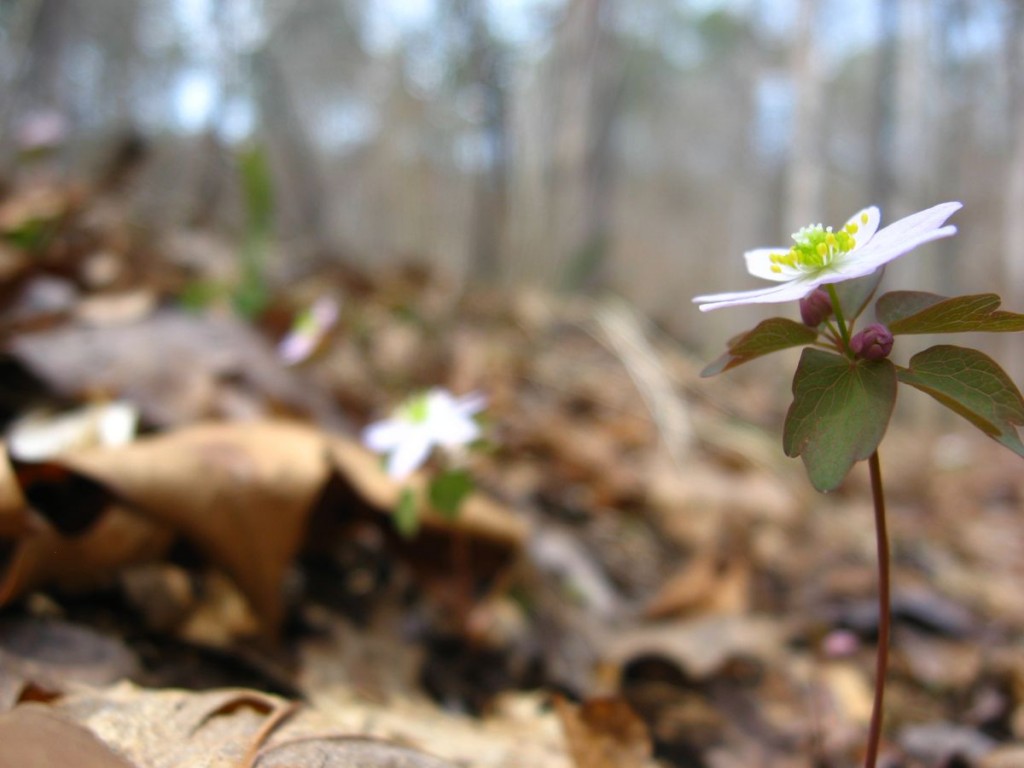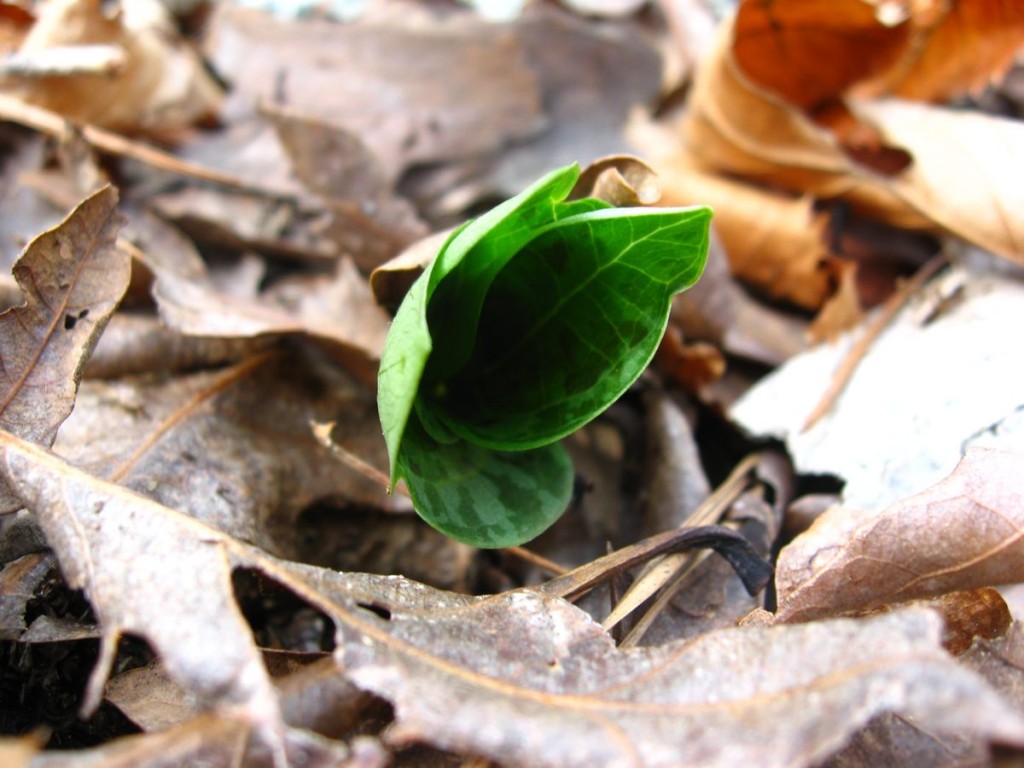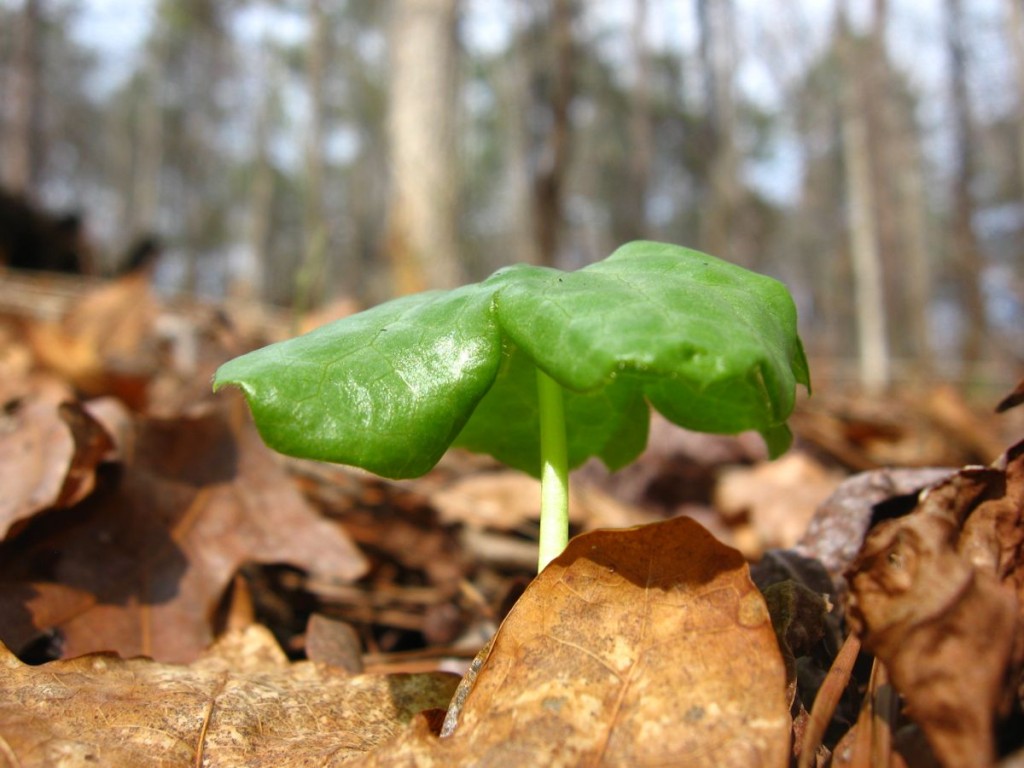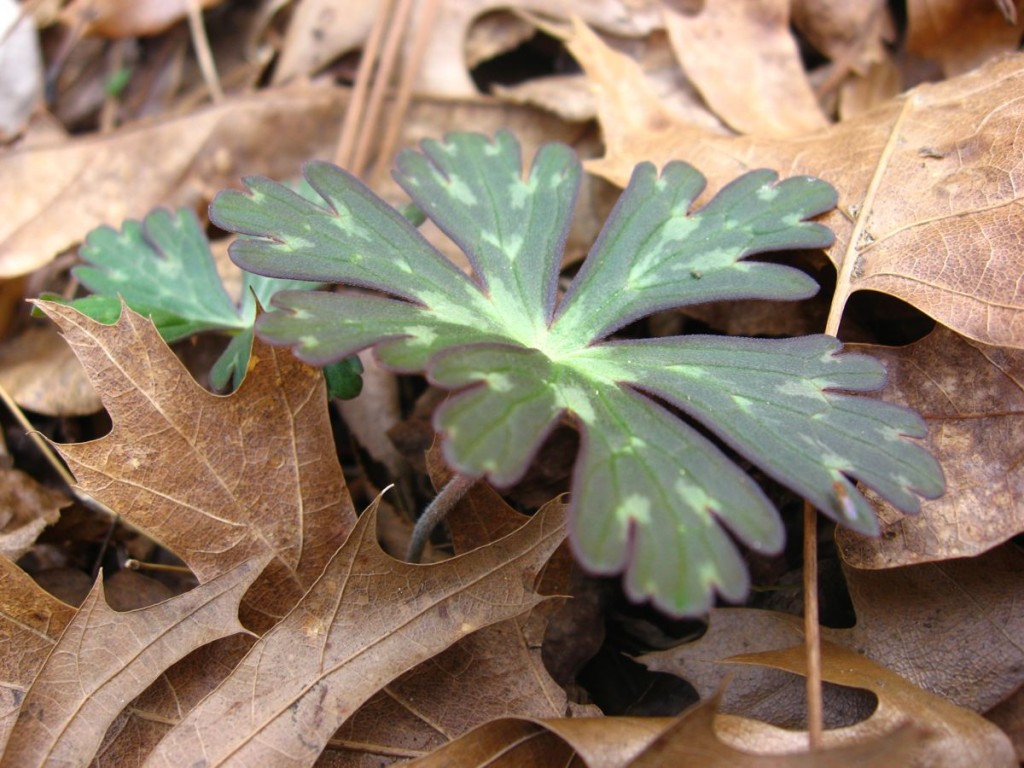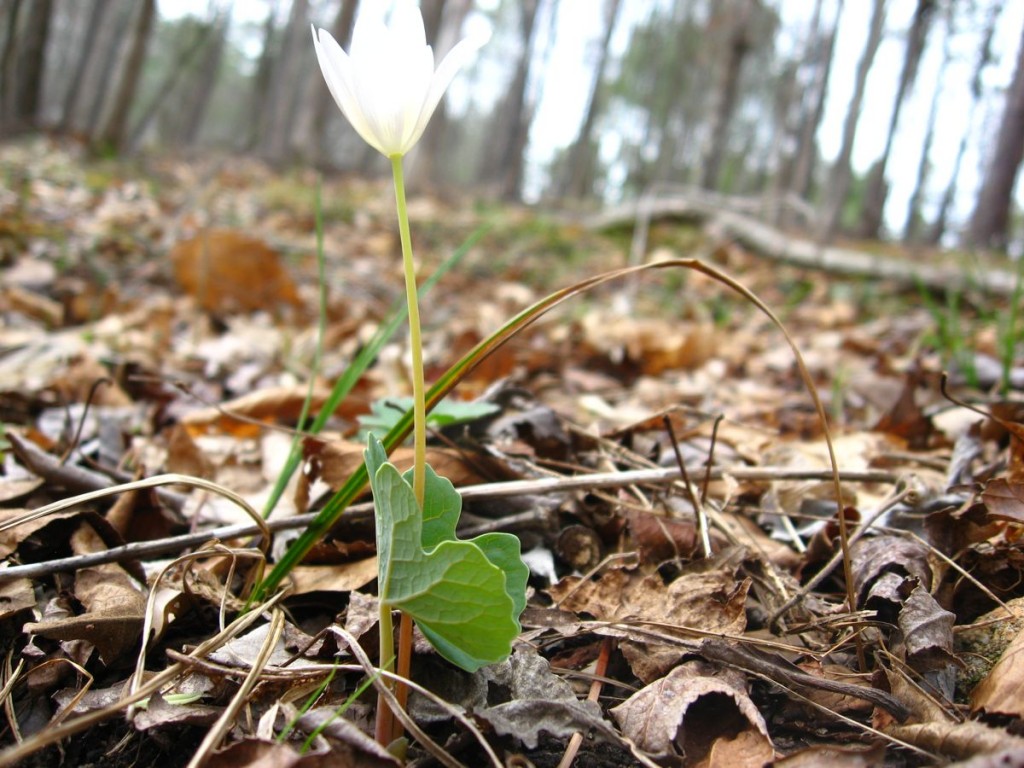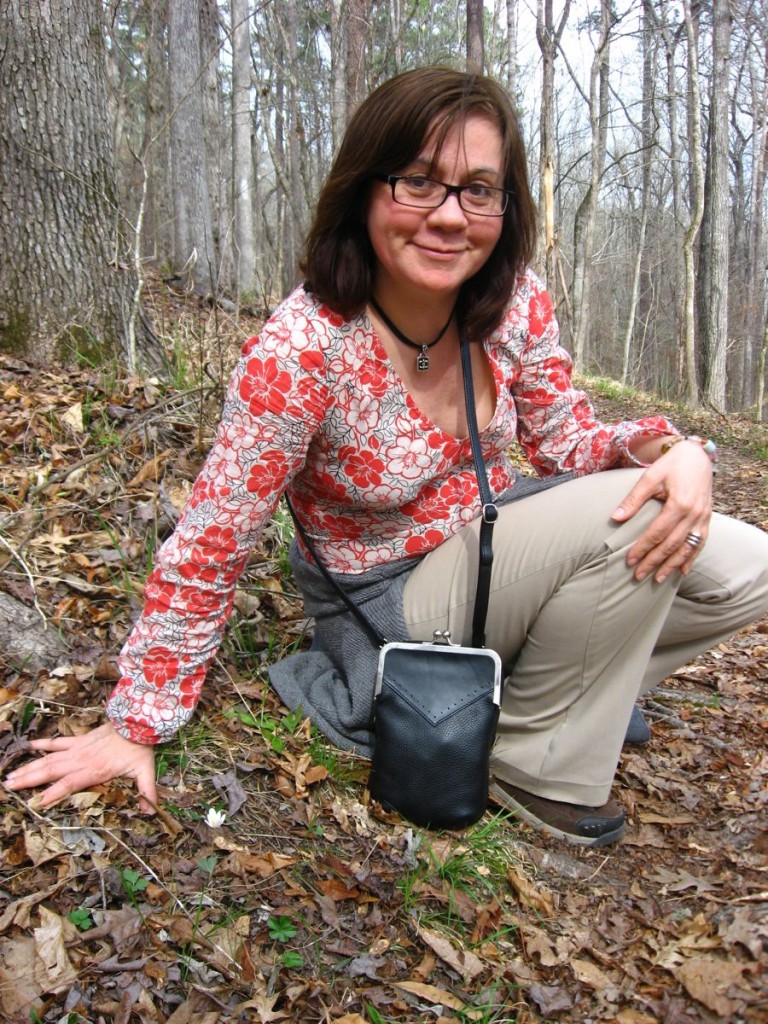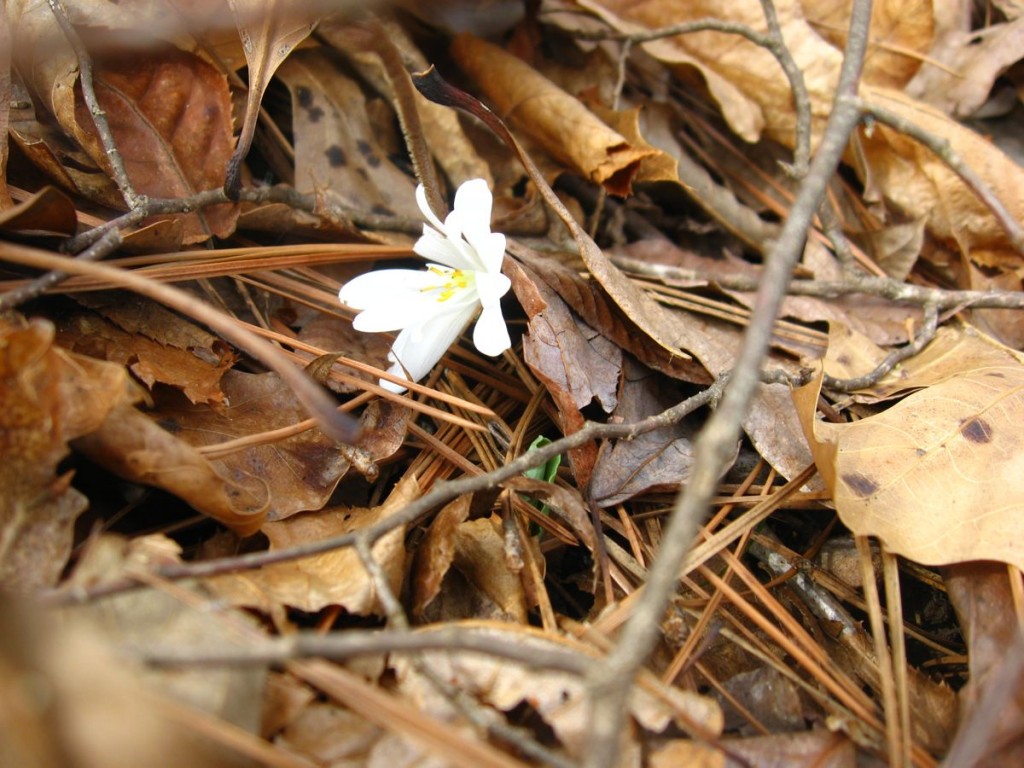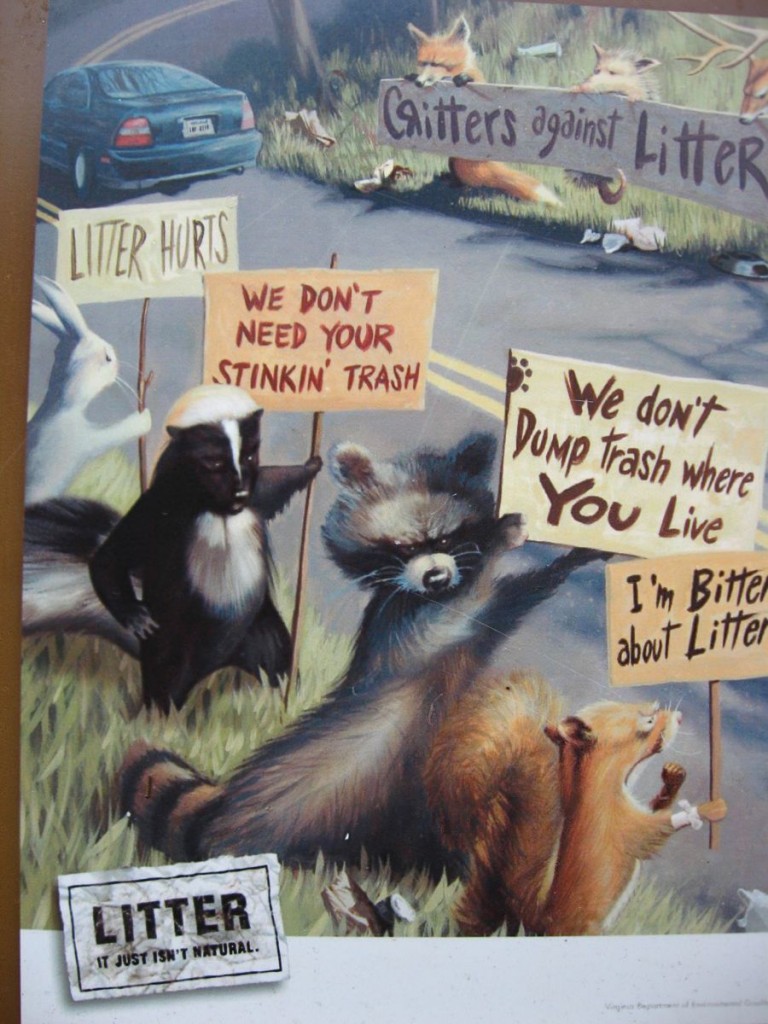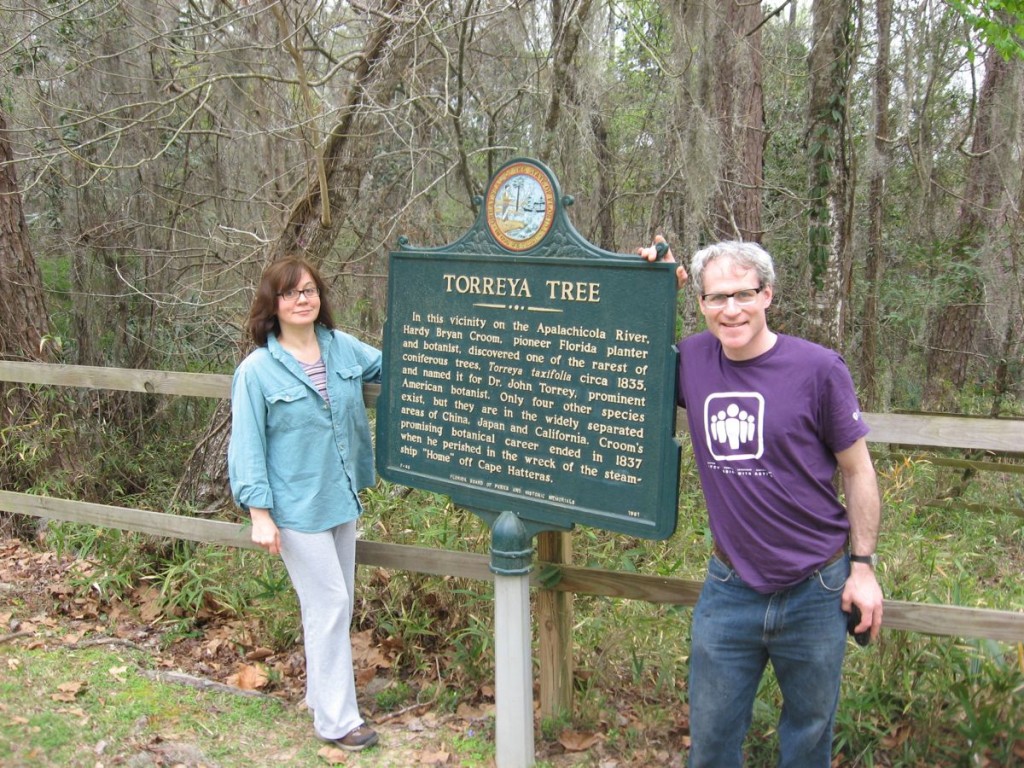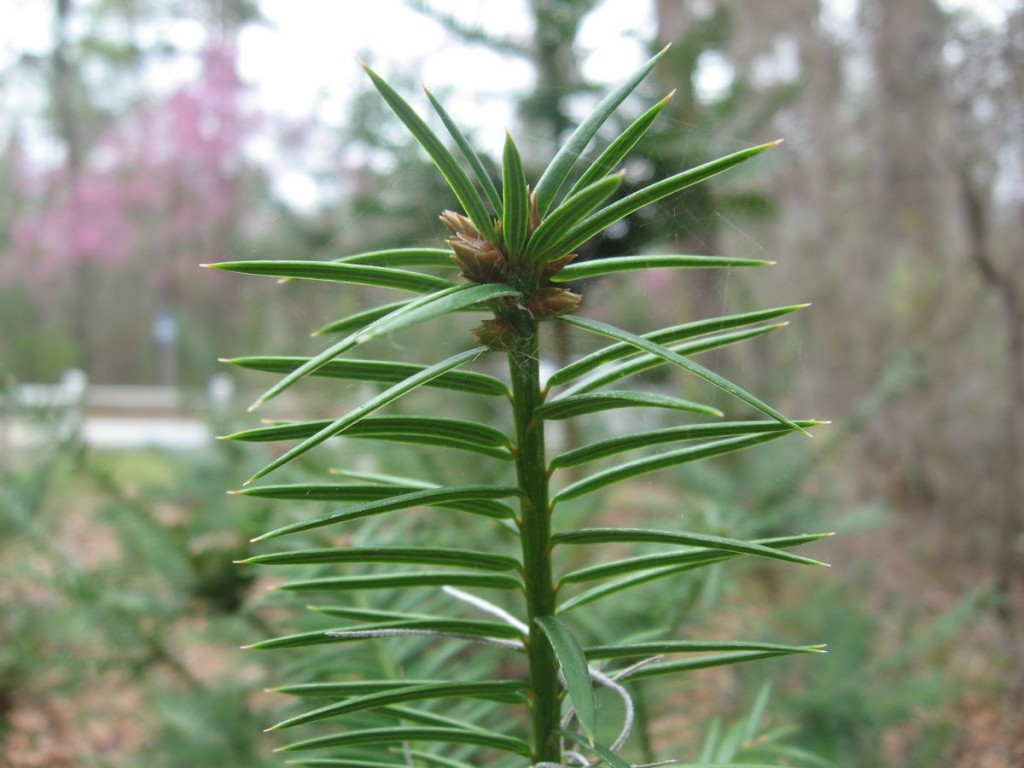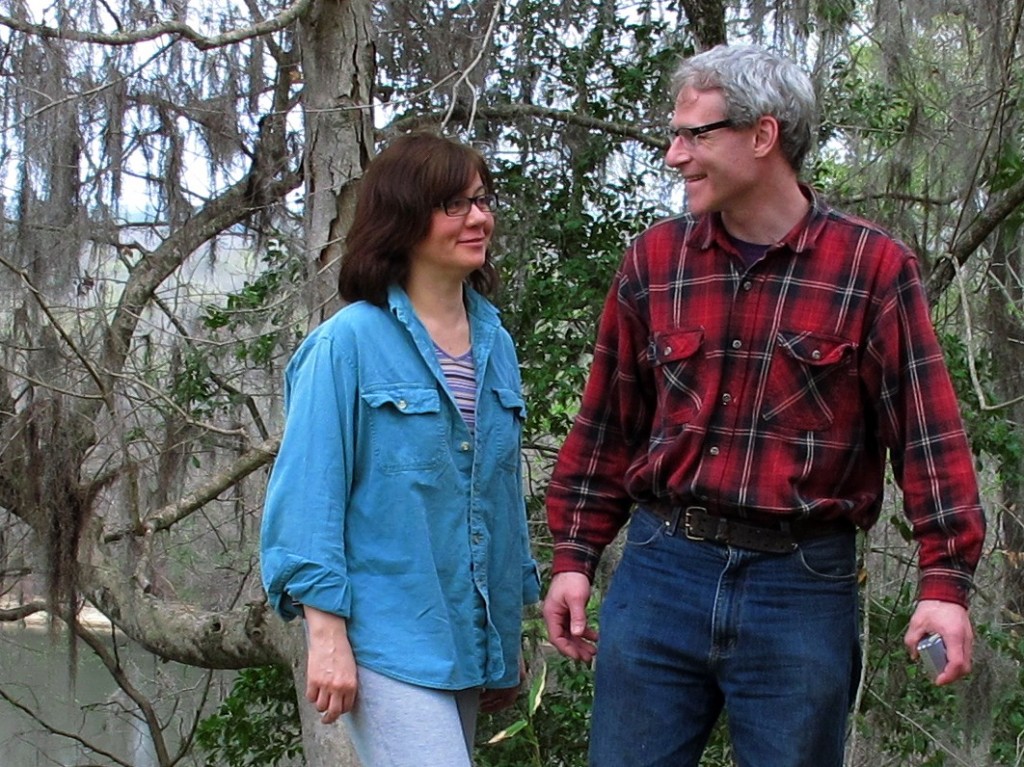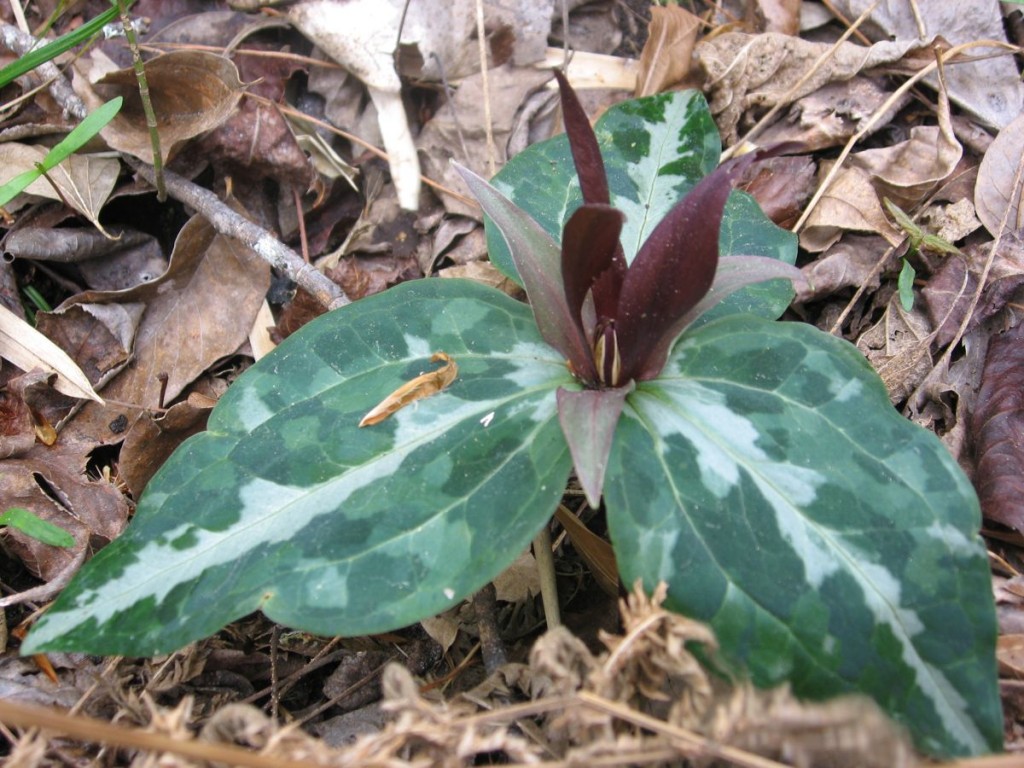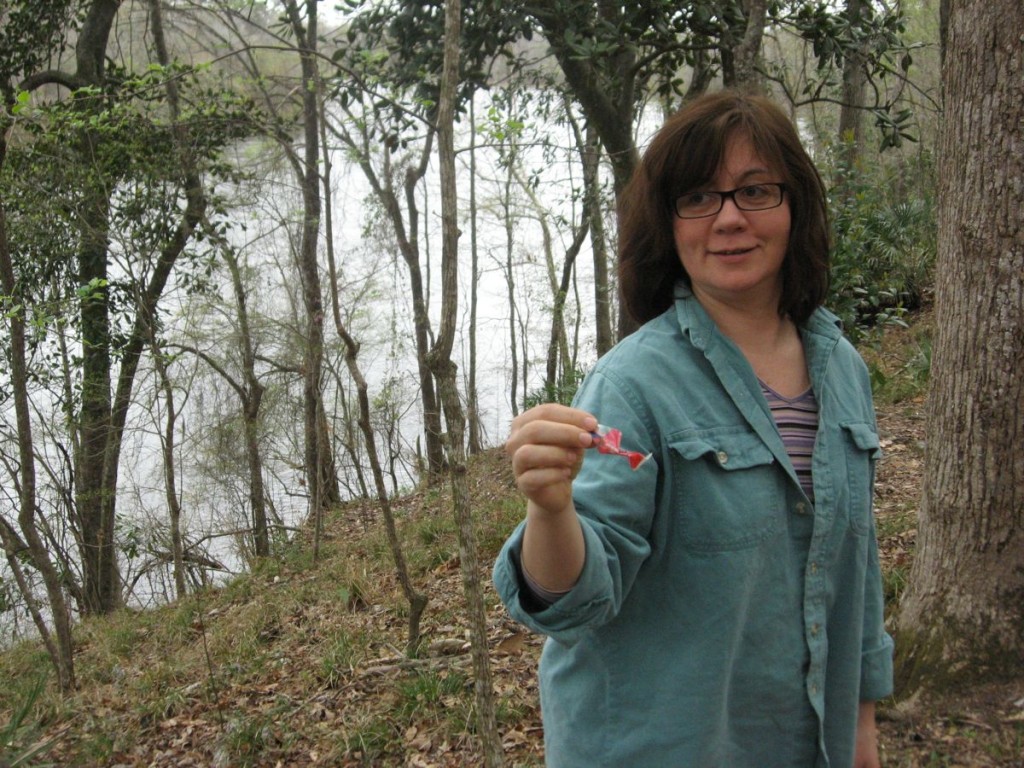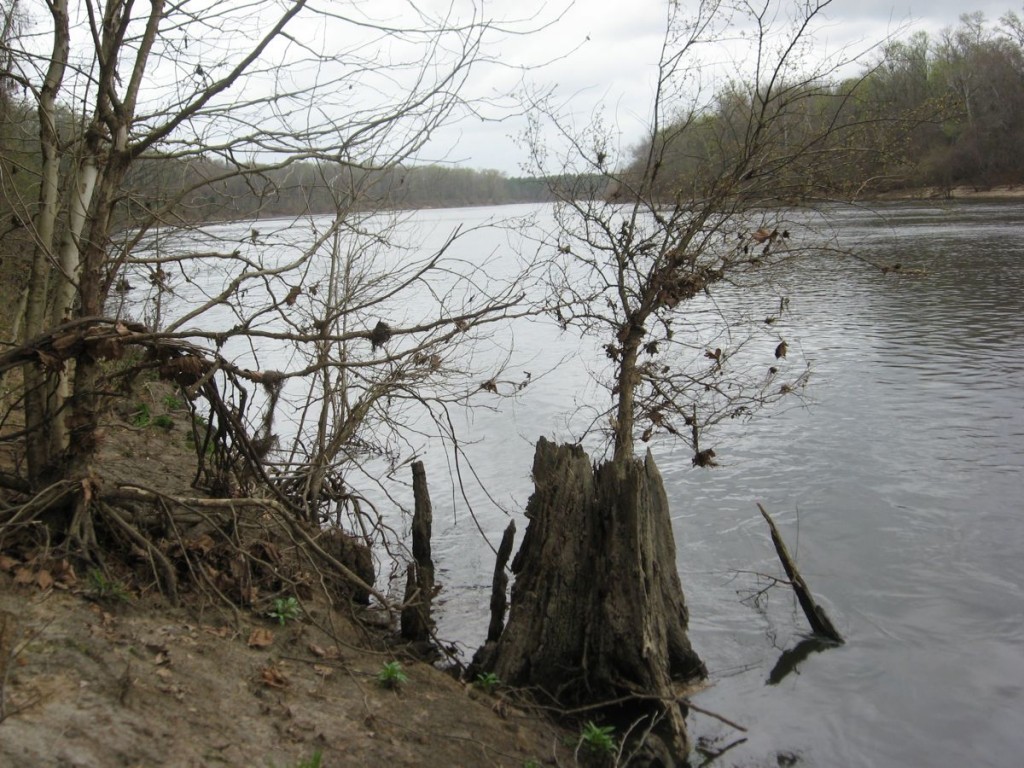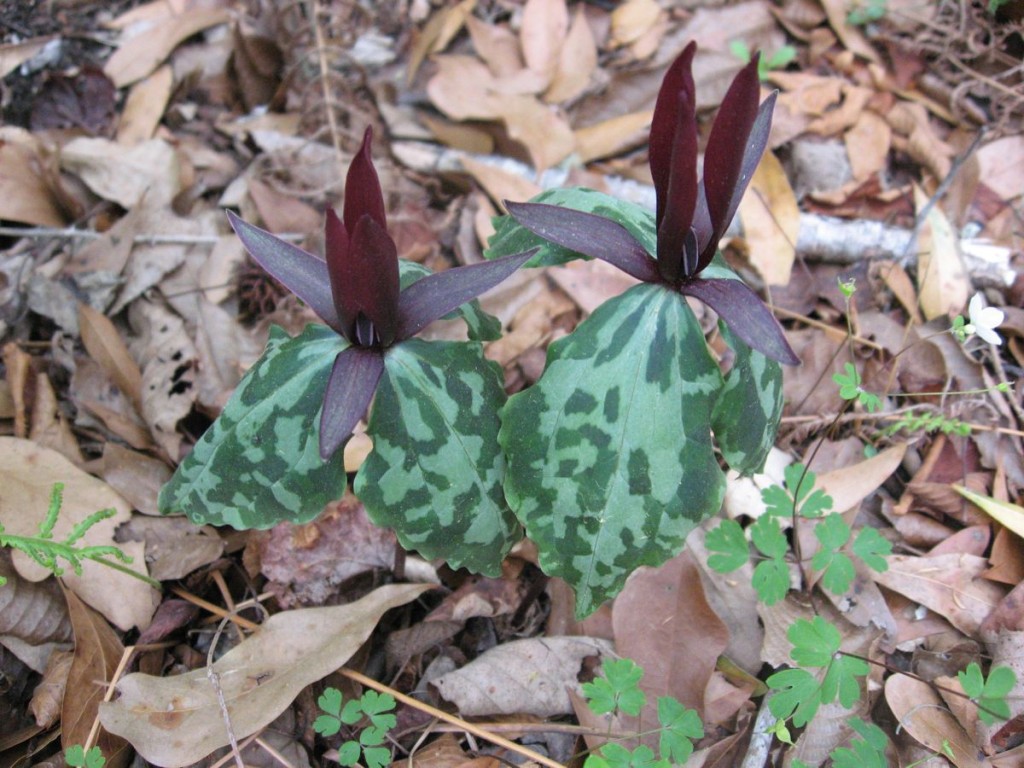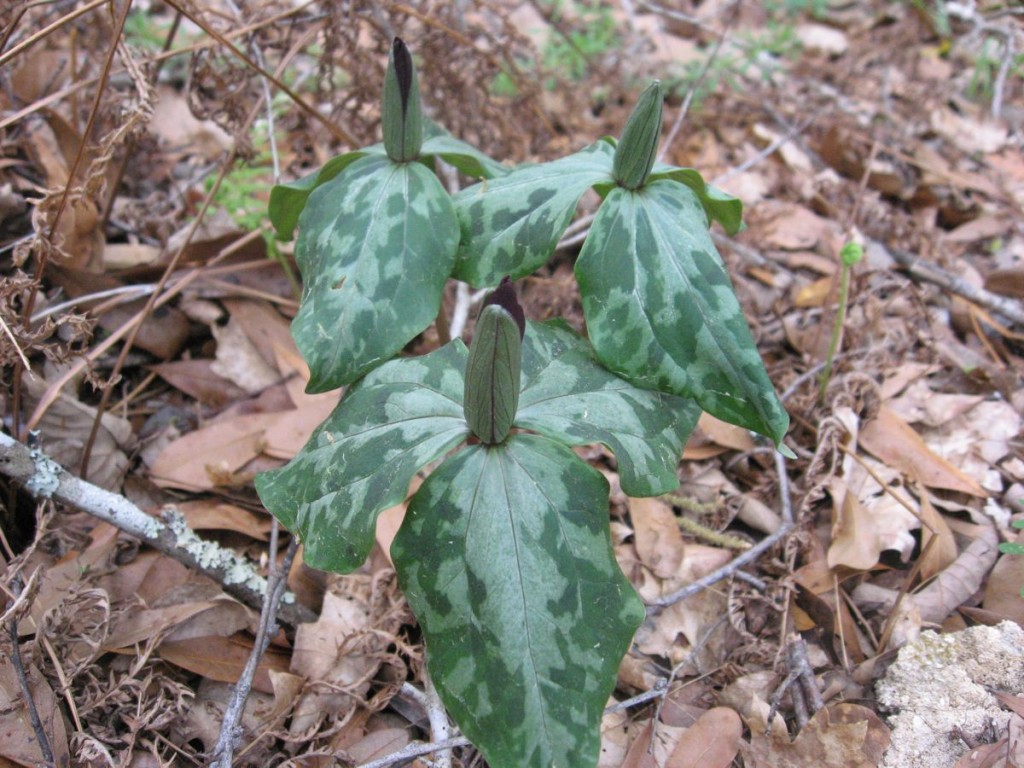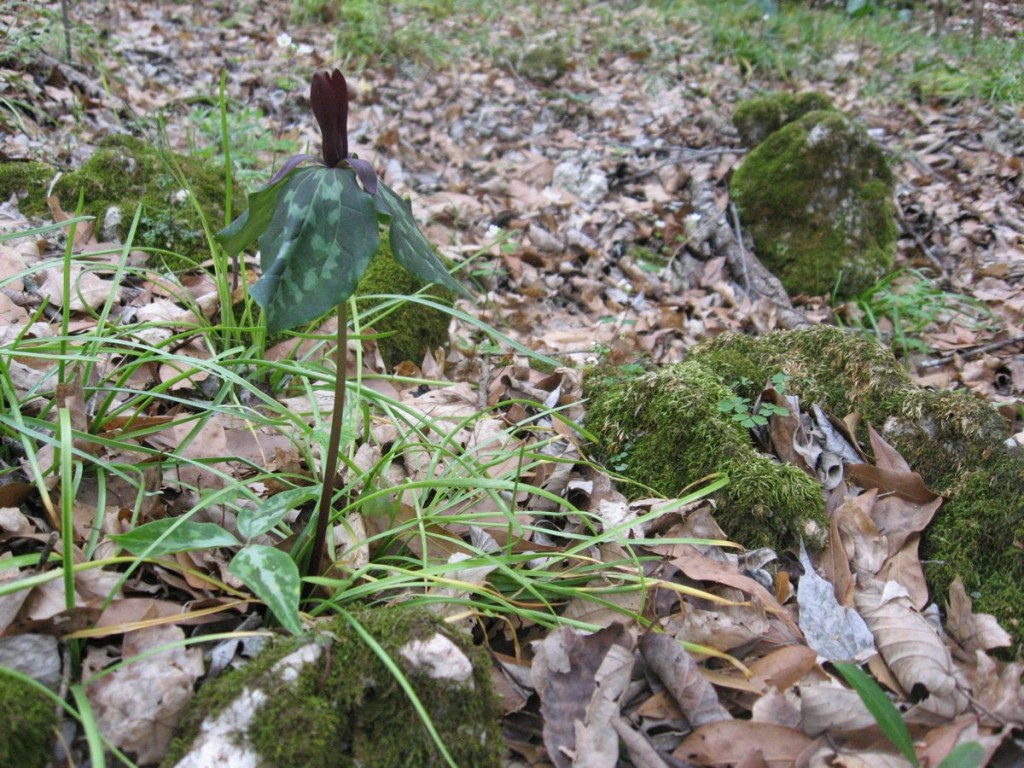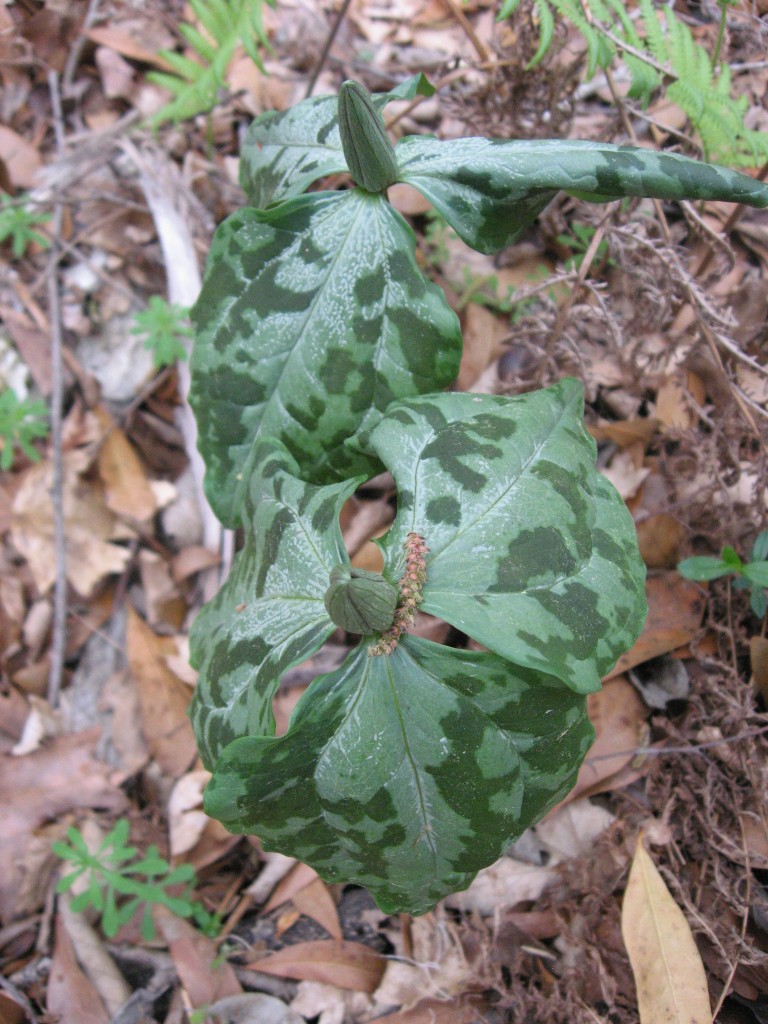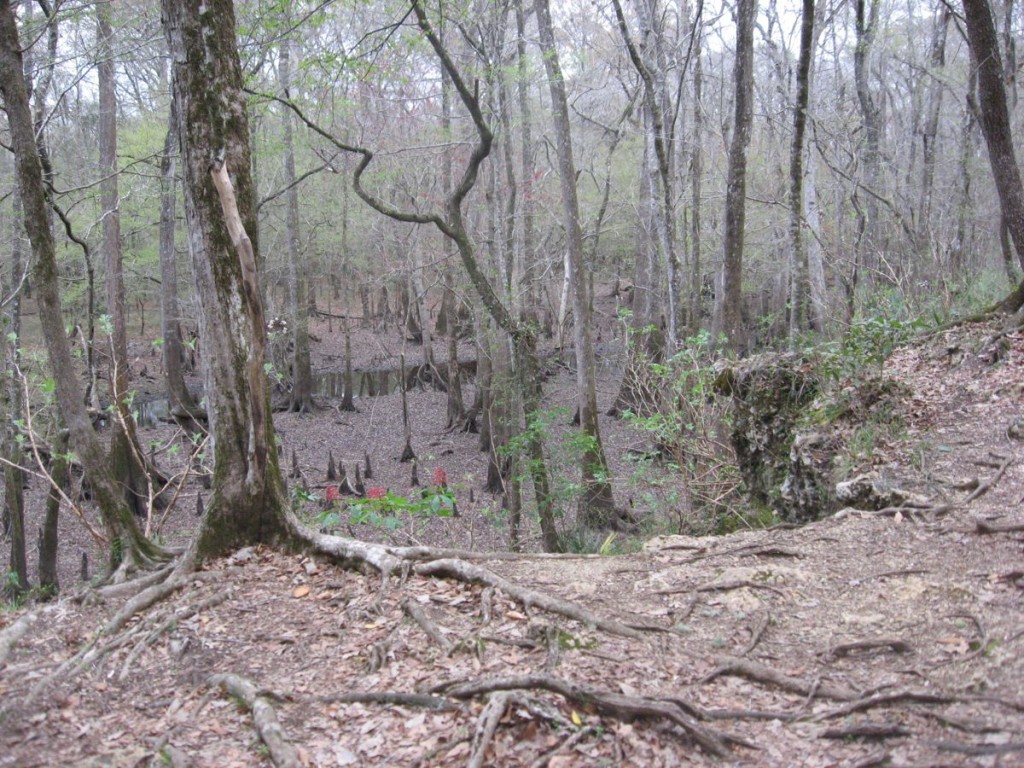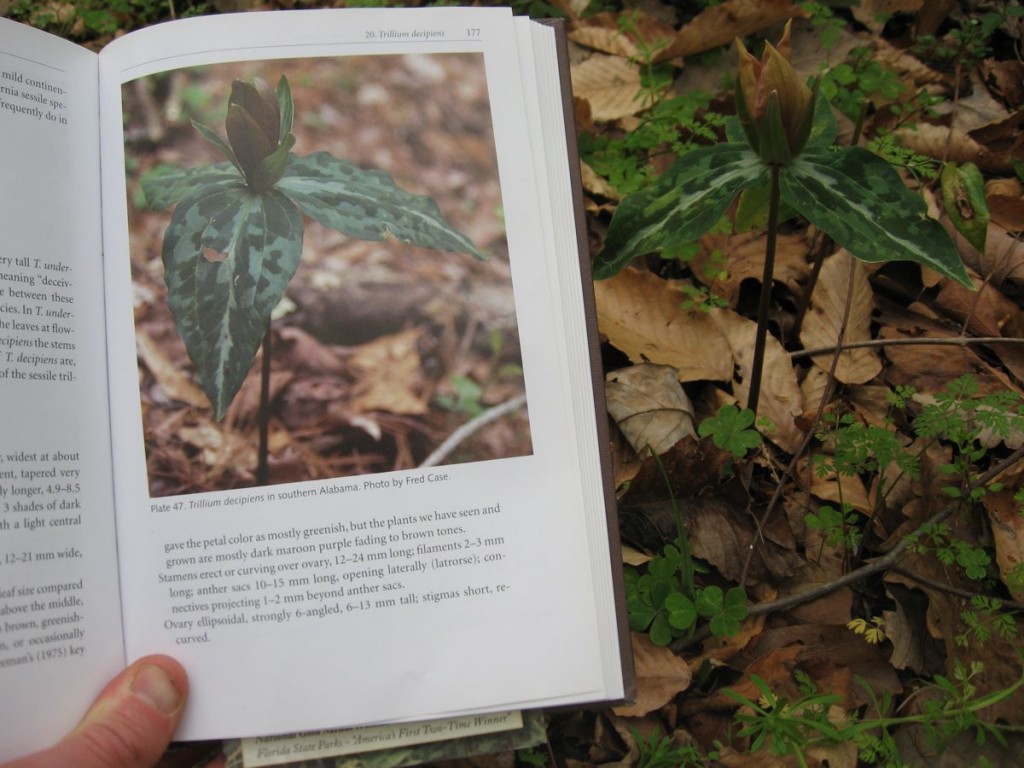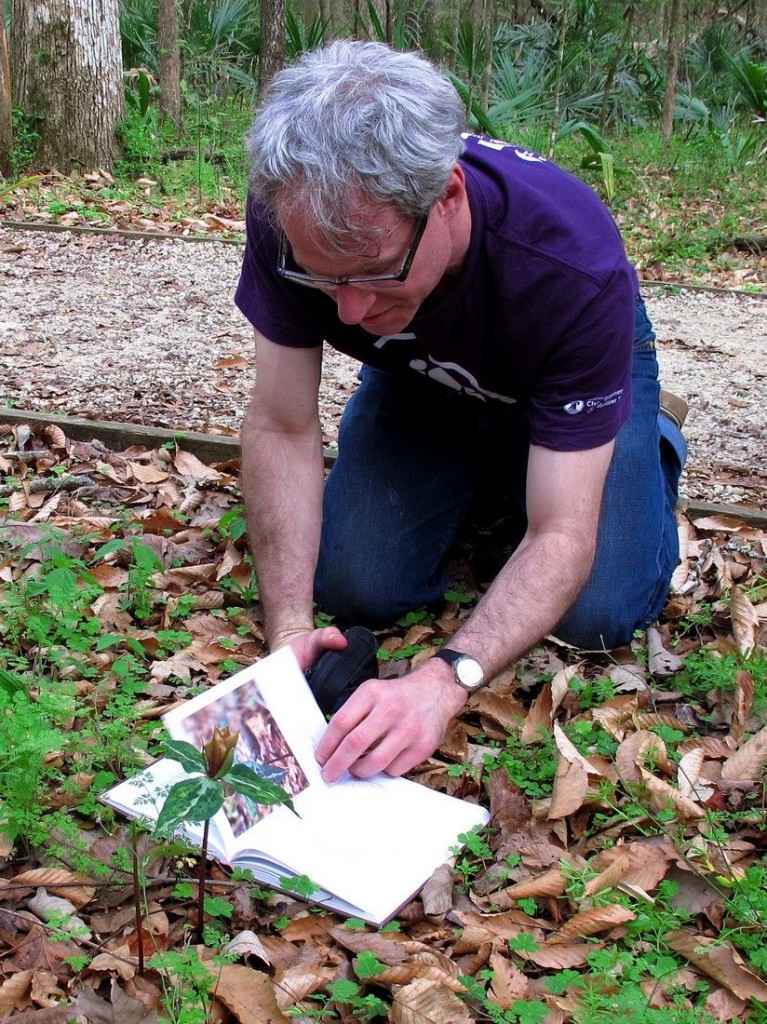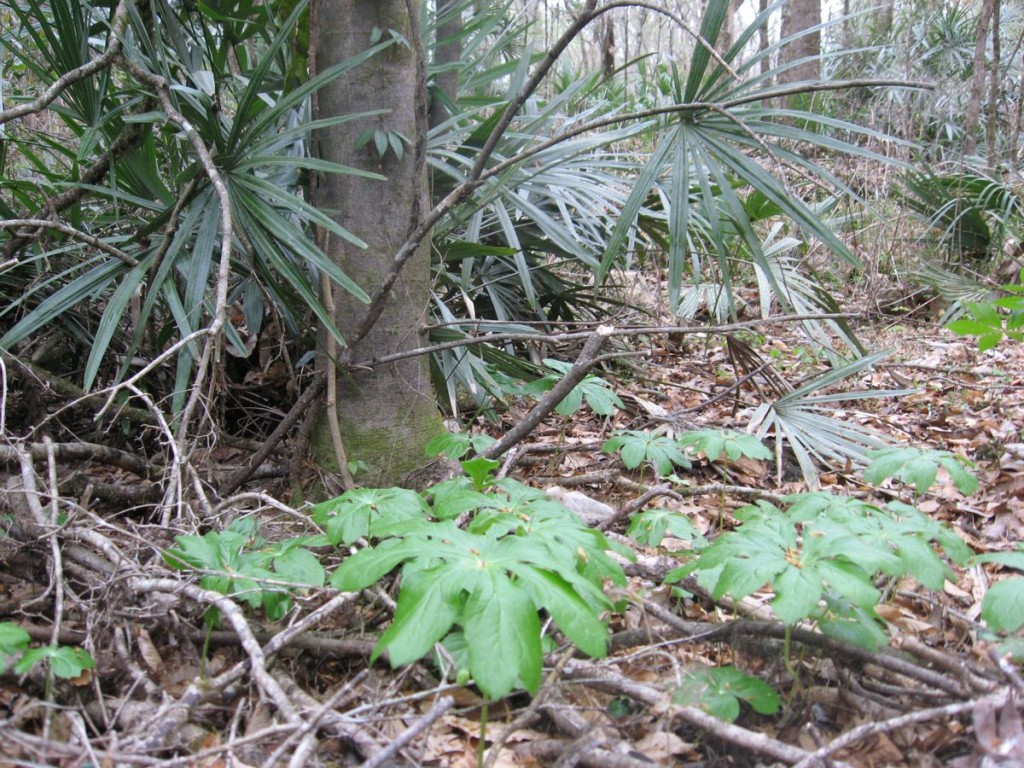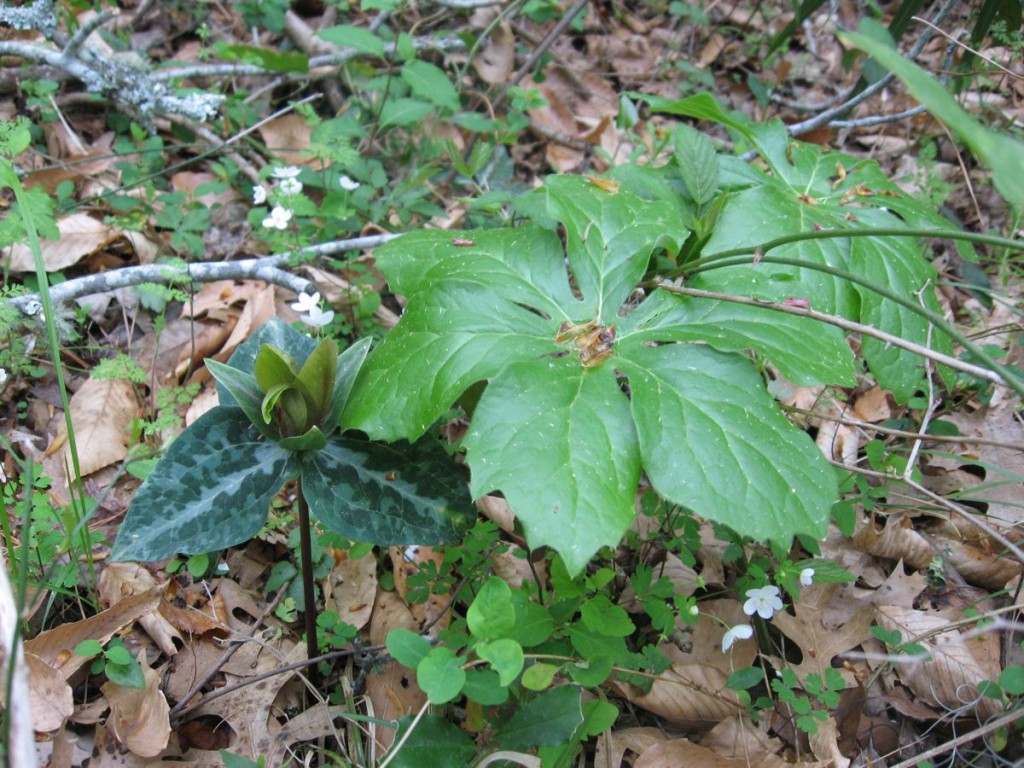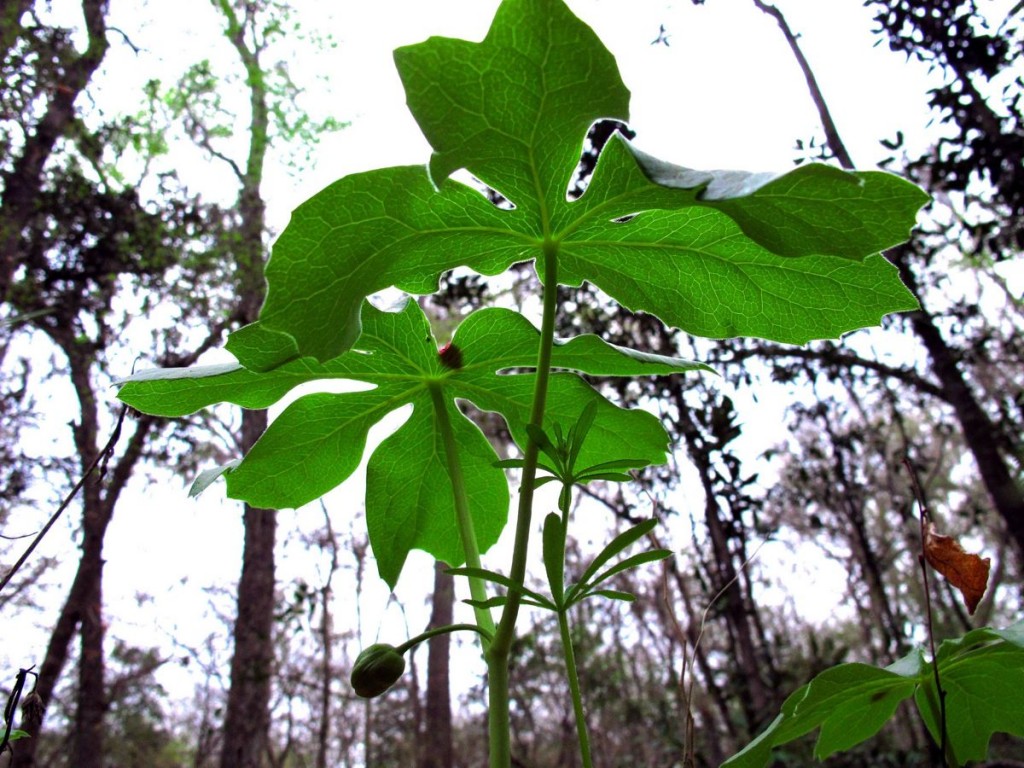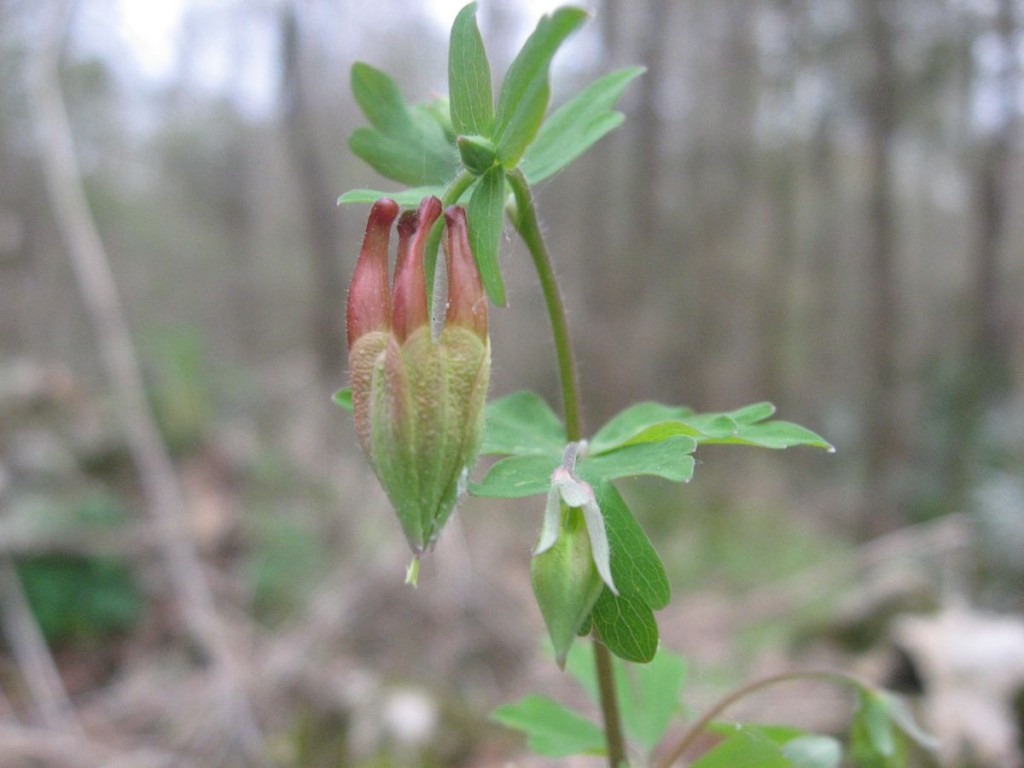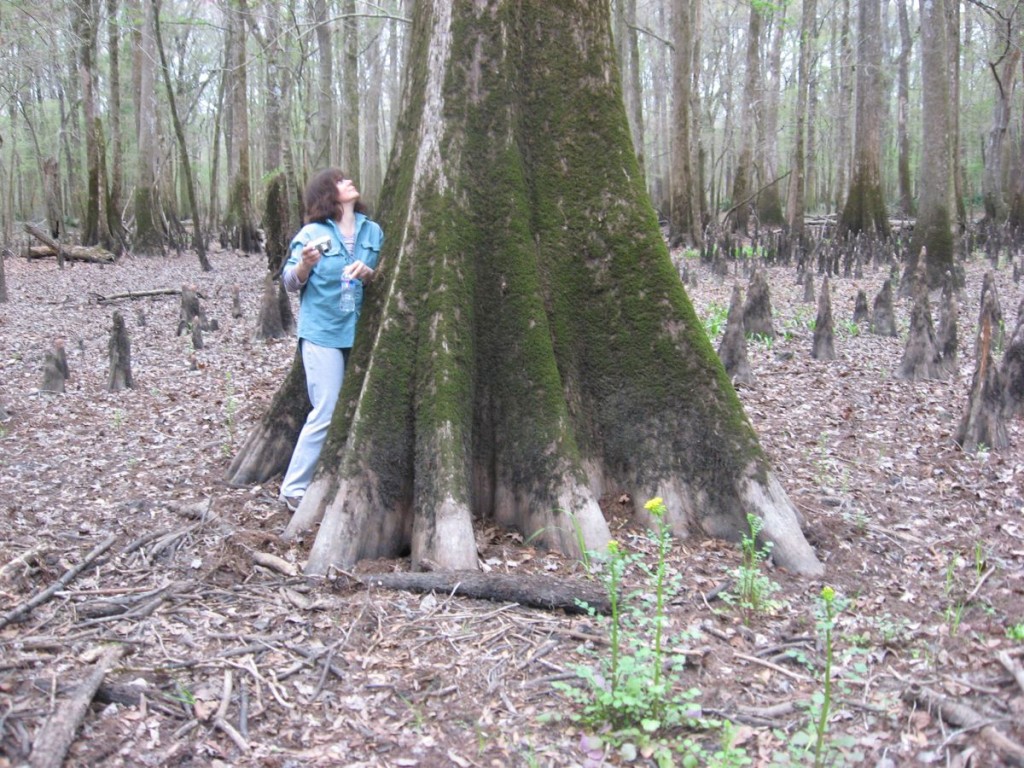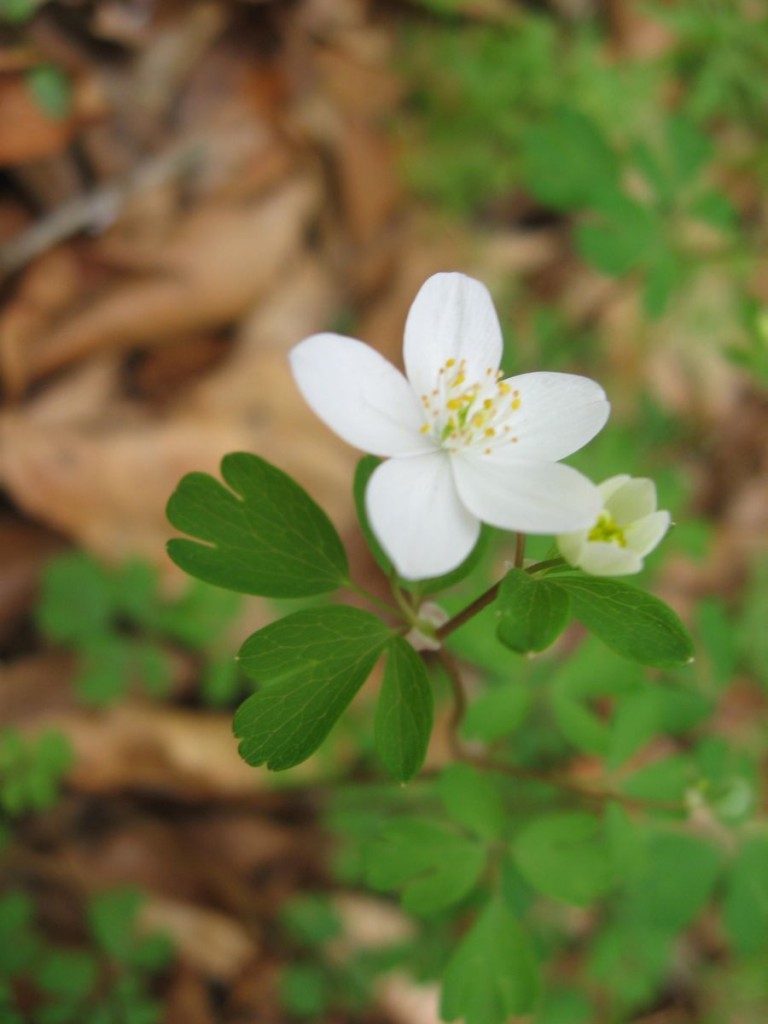SANGUINE ROOT VISITS JAMES RIVER AT JAMES RIVER STATE PARK
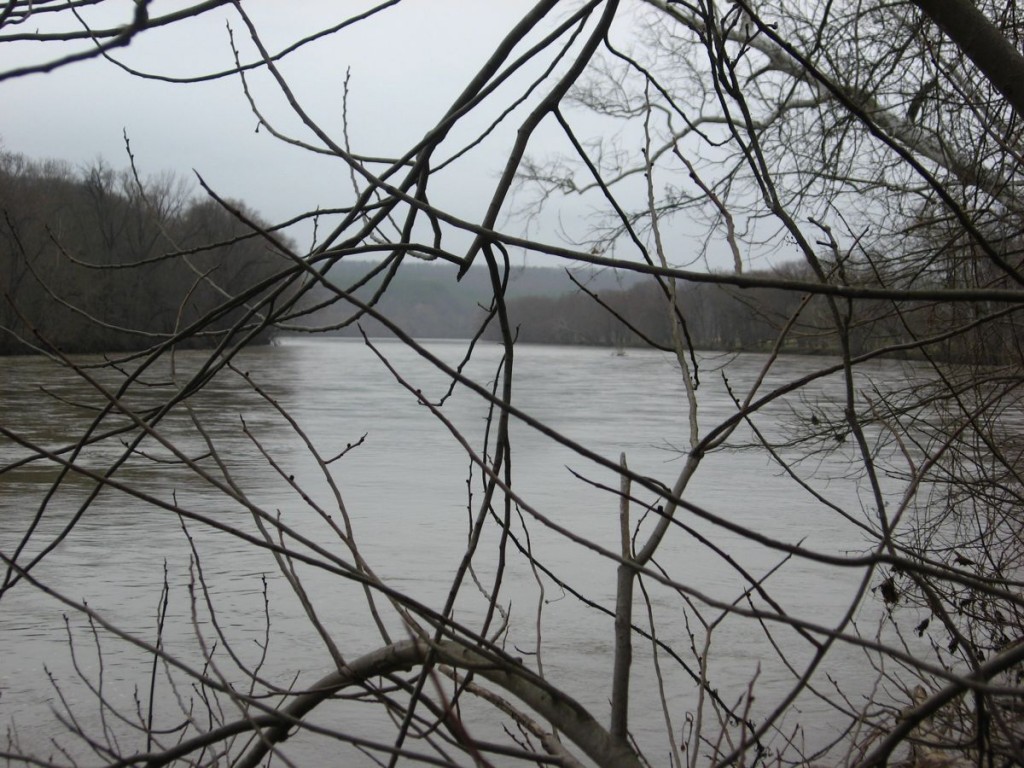
The last stretch of our 2000 mile southern sojourn took us to the James River. Â We had been seeing streams, creeks and rivers the whole drive and we wanted to visit one in Virginia. Â We couldn’t have picked a better one. This spot is right between the Appalachians and the Piedmont.
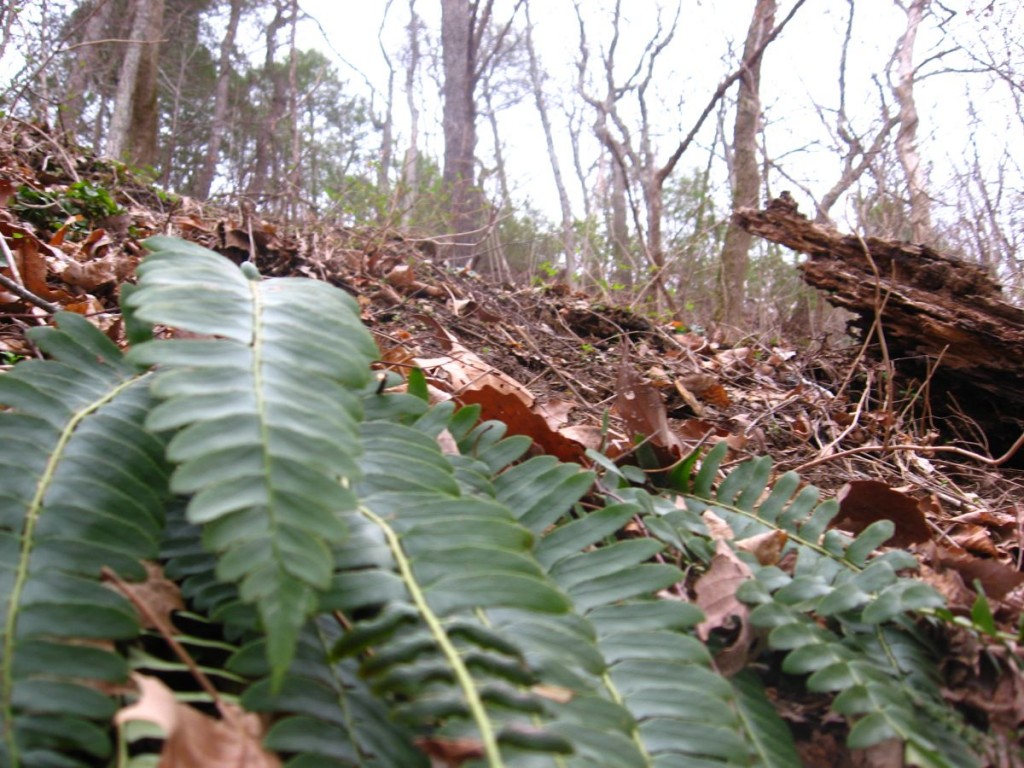
We wanted to see a riverbank ecosystem that was as undisturbed as possible. Â The James River State Park provided a section of the James River that wound right up against a steep hillside. Â This area was most likely not used for human consumption. Â There was no way agriculture could have been practiced here, no room for roads or buildings. There was barely room for a narrow, hardly used pathway between the river and the rocky cliffs and steep slopes. This section of the park contained a beautiful assortment of ferns, shrubs and trees. Just a few weeks time would most likely showcase an assortment of spring ephemeral wildflowers. Â We found Dicentra leaves barely poking out of the leaf litter.
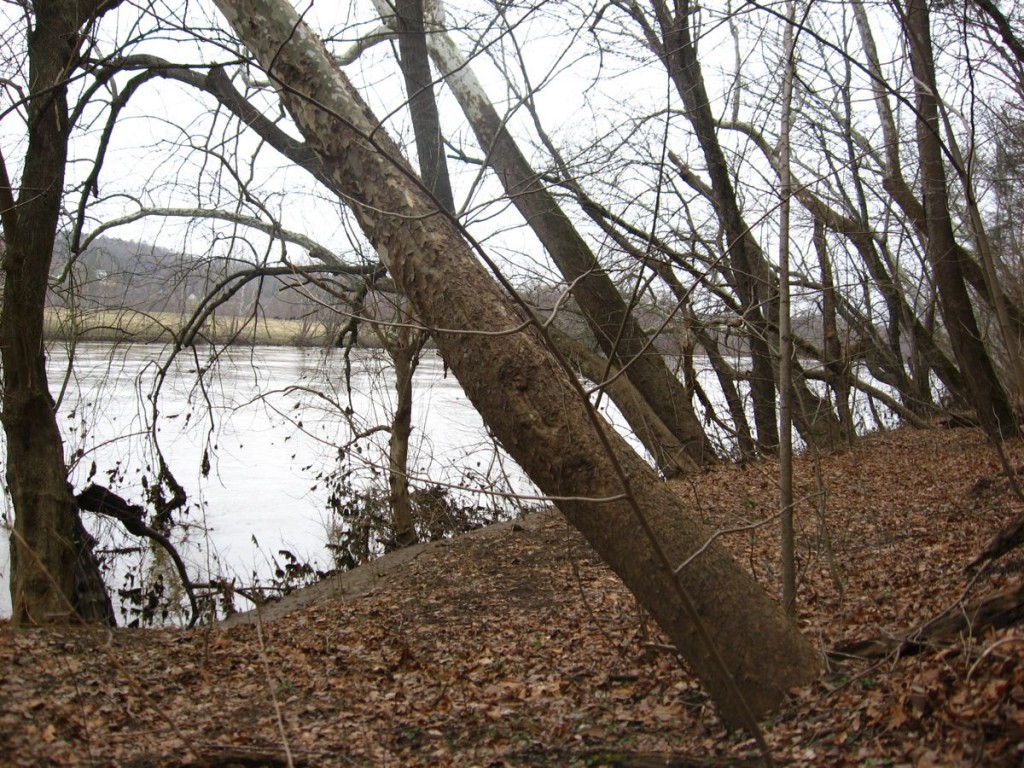
Platanus occidentalis
On our roadtrip we noticed how the Sycamore (Platanus occidentalis) trees are always found along streams, creeks, and rivers.  Often they are leaning towards the water, where the most light is available.  They grow so close to the water’s edge, they are often undermined to the point of collapse.  Their white, tan and brown mottled bark stands out.  We found some beautiful specimens of Sycamore  on our field trip to the James River.
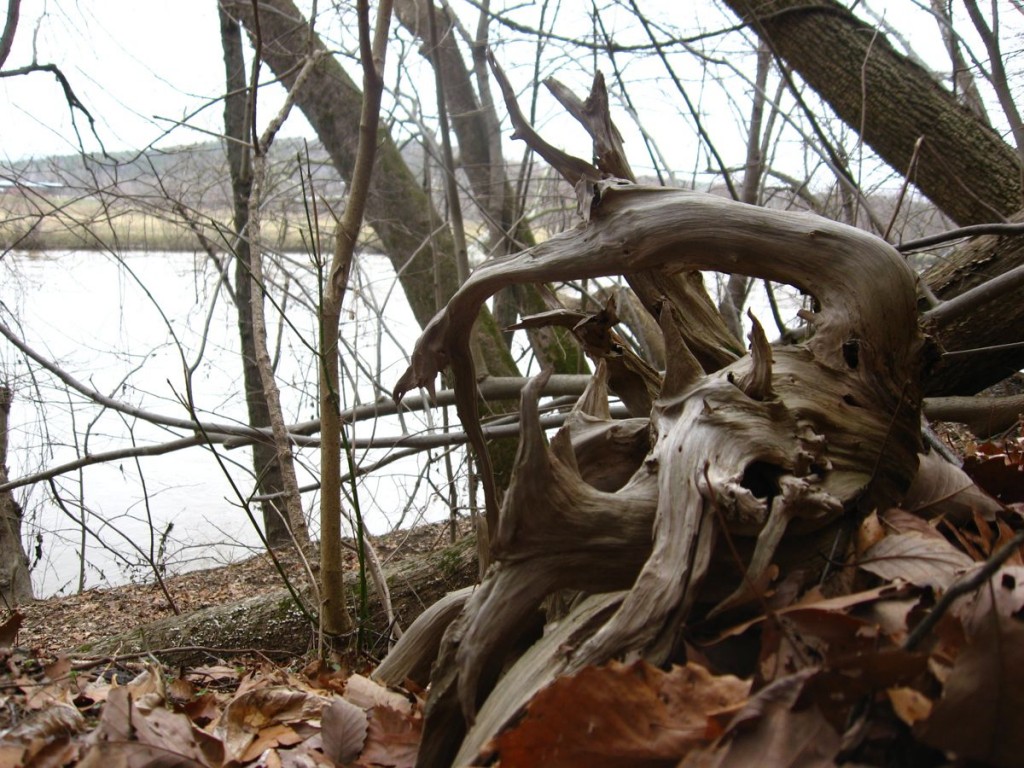
We found last year’s Maidenhair Fern (Adiantum pedatum) on the slopes. Â There are quite large colonies of this fern on the hillside. Â The spring and summer must be a great time to visit this spot.
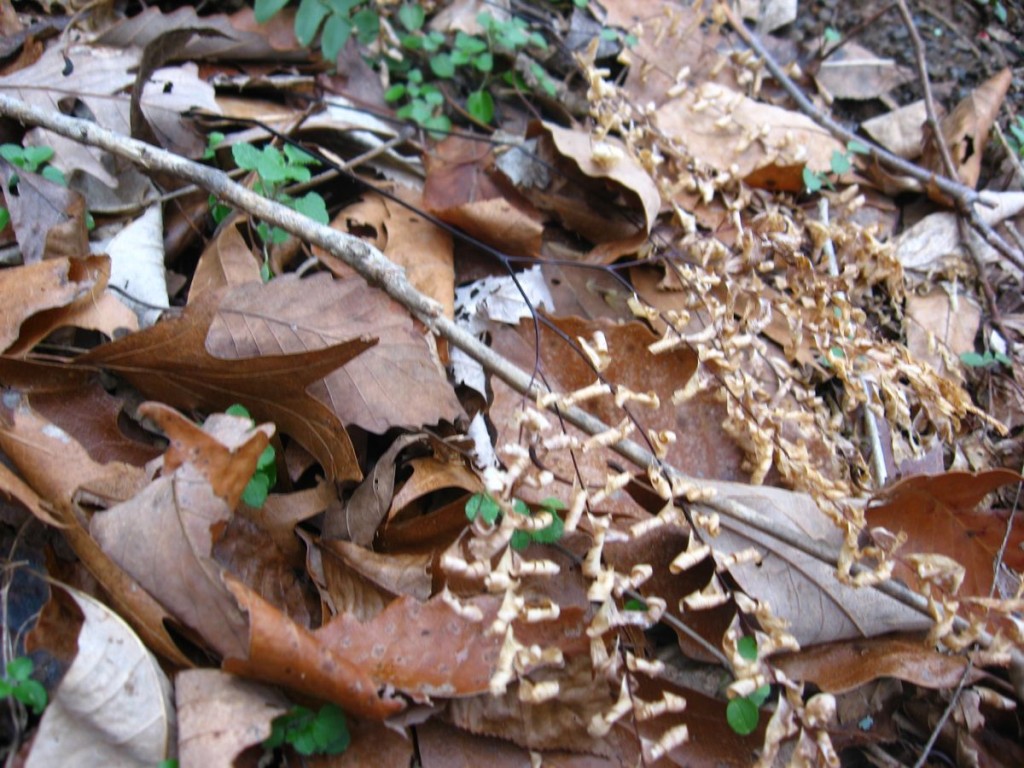
Some of the Sycamore trees have a lot of personality.
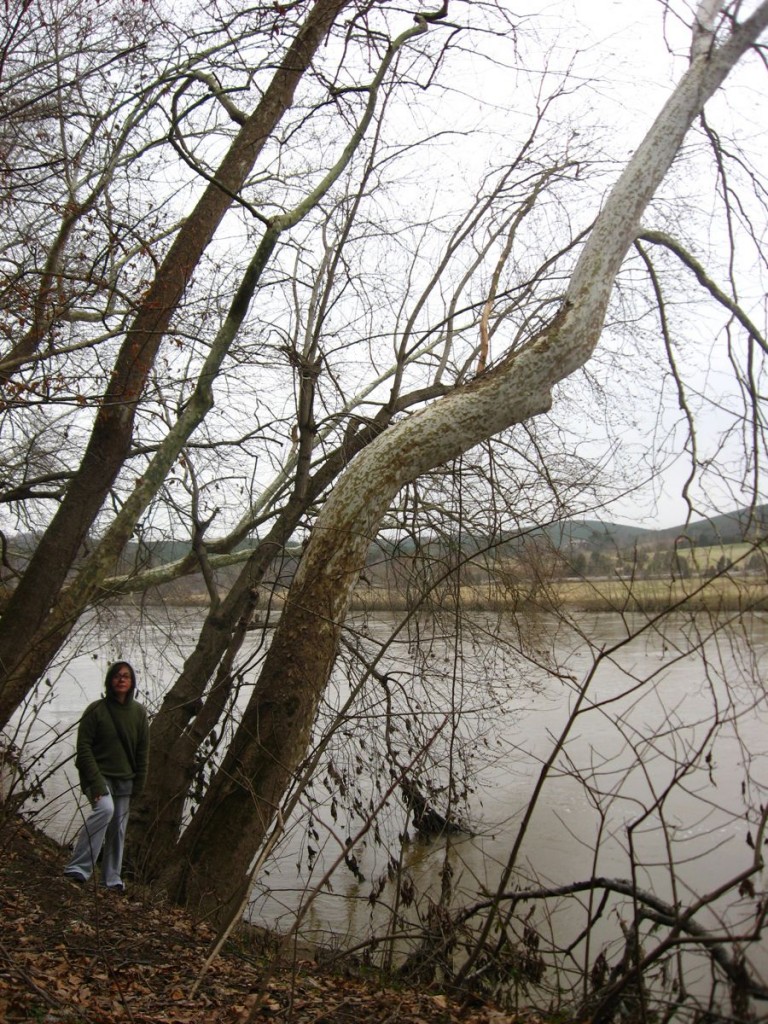
There was a huge rainstorm threatening to start at anytime. Â There was a floodwatch in effect for the State of Virginia. Â We had about an hour before the rains would start. Even with all of this, the river was moving swiftly and audibly.
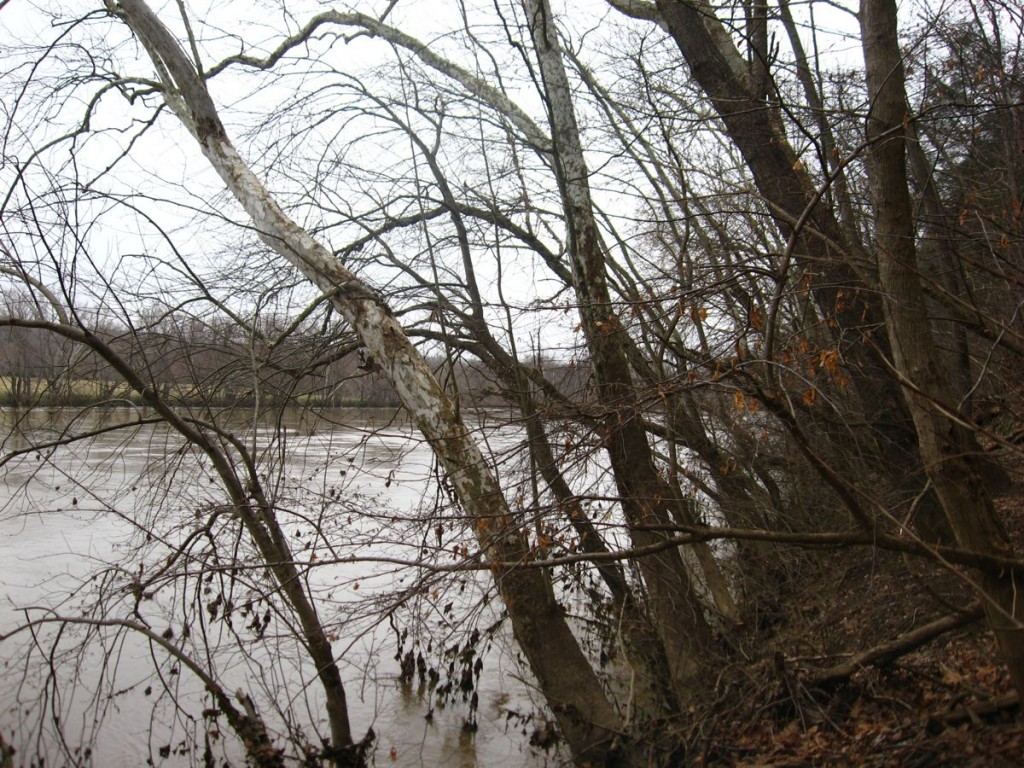
We found evidence of Beaver activity.
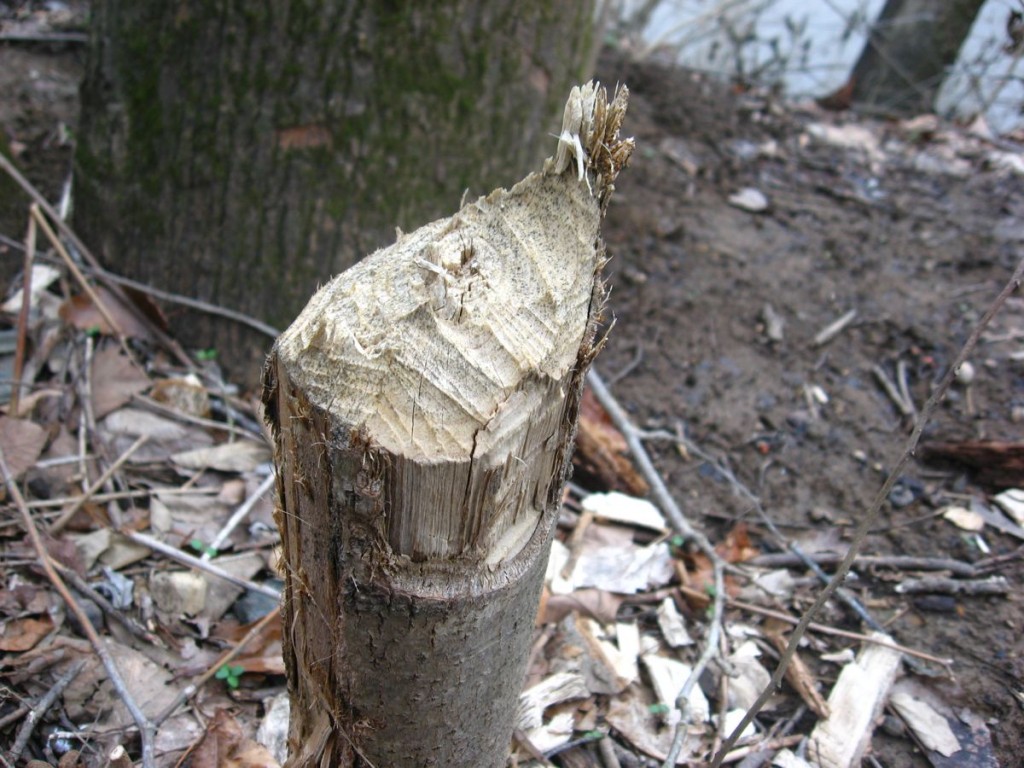
There was an open area adjacent to our off-the -beaten path, where former farmland was being transformed into meadows in a serious effort at environmental restoration.  Many different types of native wildflowers were being planted, such as tall coneflowers and Bee-balm.  The initiative reminded us of  the successful meadow implemented in Cobbs Creek Park in Philadelphia near the Cobbs Creek Environmental Center.
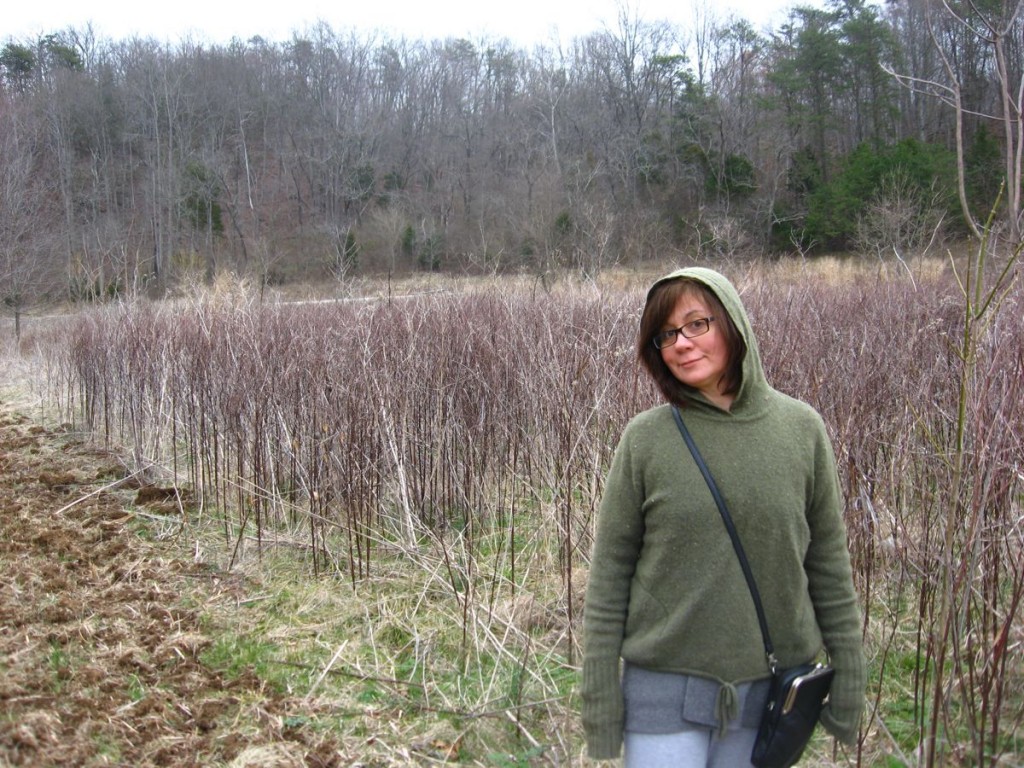
Creating a meadow from former agricultural land is not easy. Â The invasives are everywhere. Â Garlic mustard, Japanese stiltgrass and Japanese Honeysuckle were all over. Sometimes we wonder if these invasives will ever be controlled or eliminated.
Acer Saccharinum
The blooming flowers of Silver Maple. Beautiful. Â This specimen had lots of character. The Silver maple (Acer saccharinum) is another tree that inhabits riverbanks and floodplains. Â We had never seen the flowers of this flood-tolerant Maple tree before. Â Its low hanging branches gave us a unique opportunity for viewing.
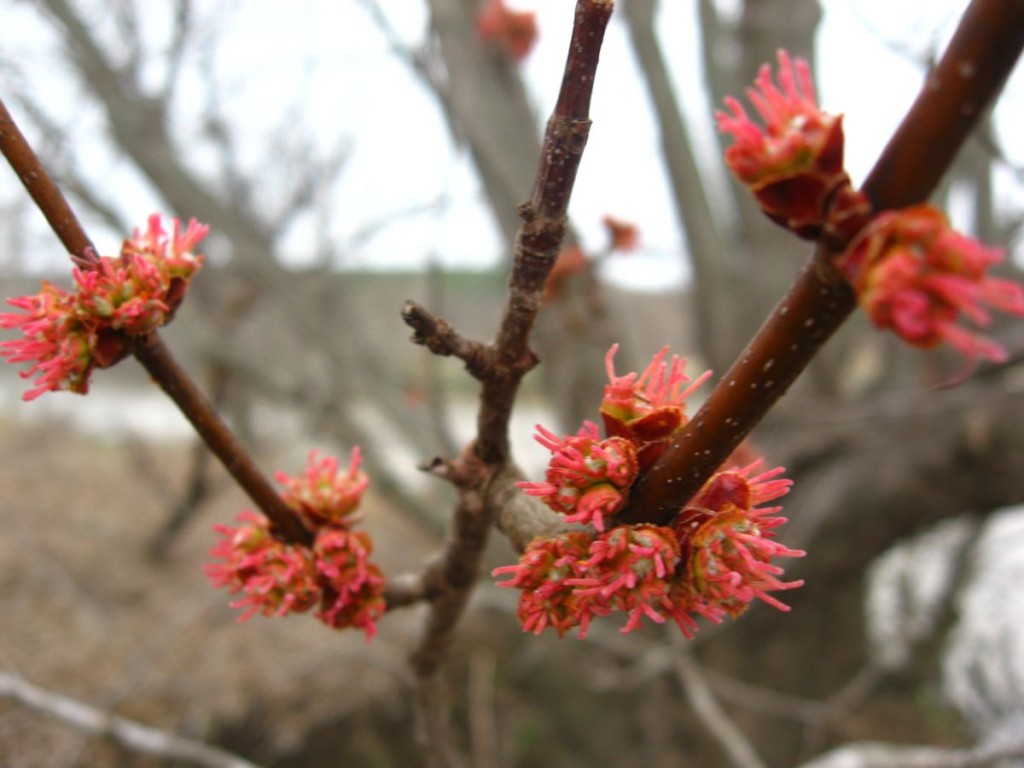
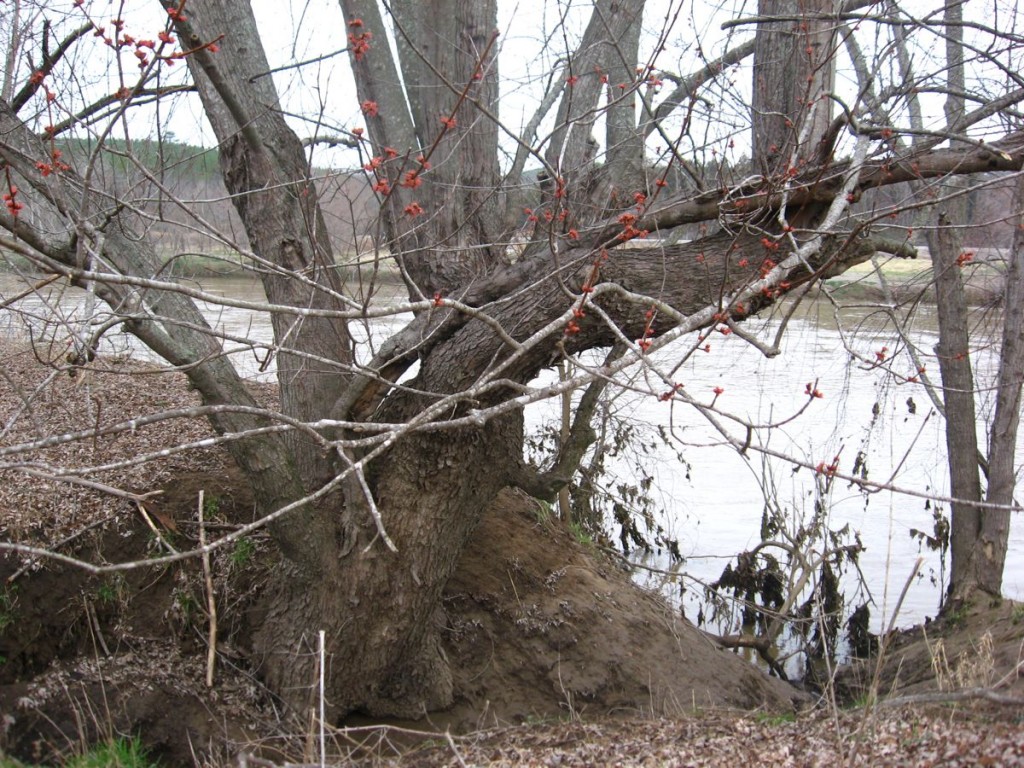
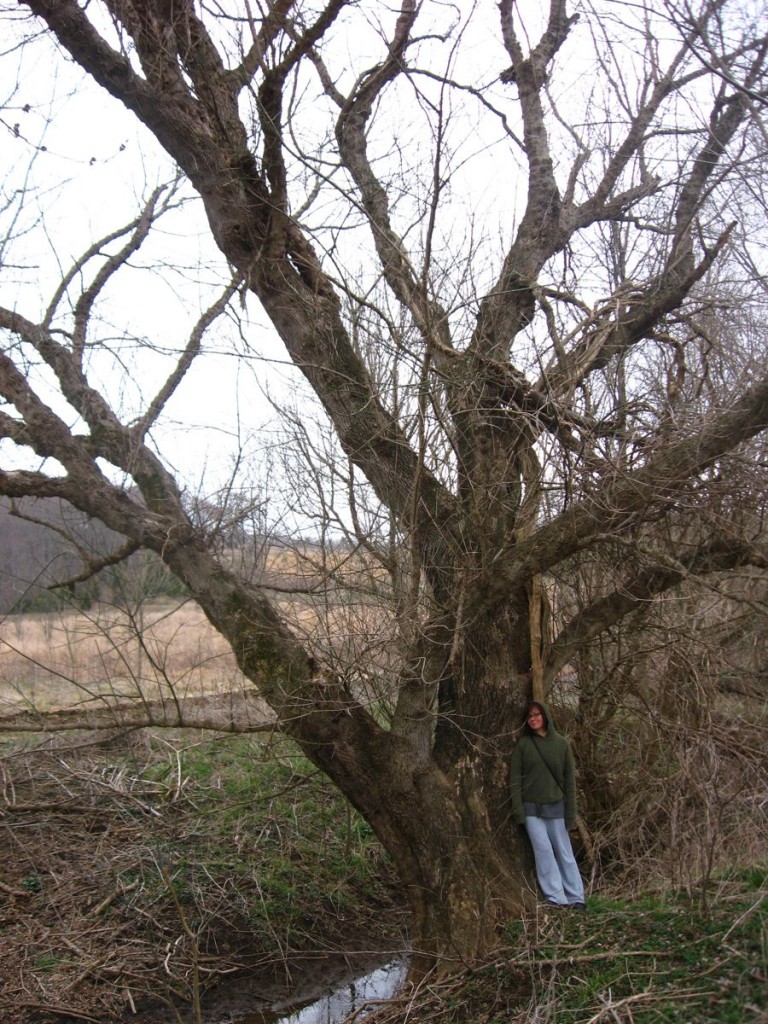
Traveling has so many benefits. Â We can see other habitats, how they survive, what grows where, and how much, as well as answers to a whole host of questions about our piedmont flora.
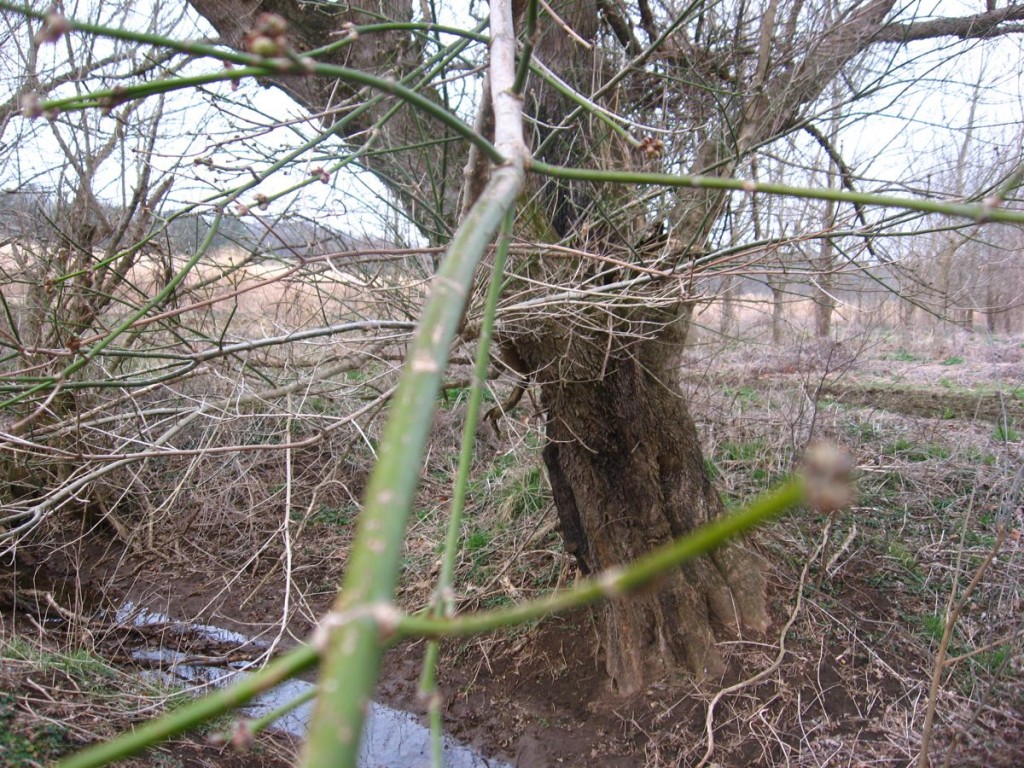
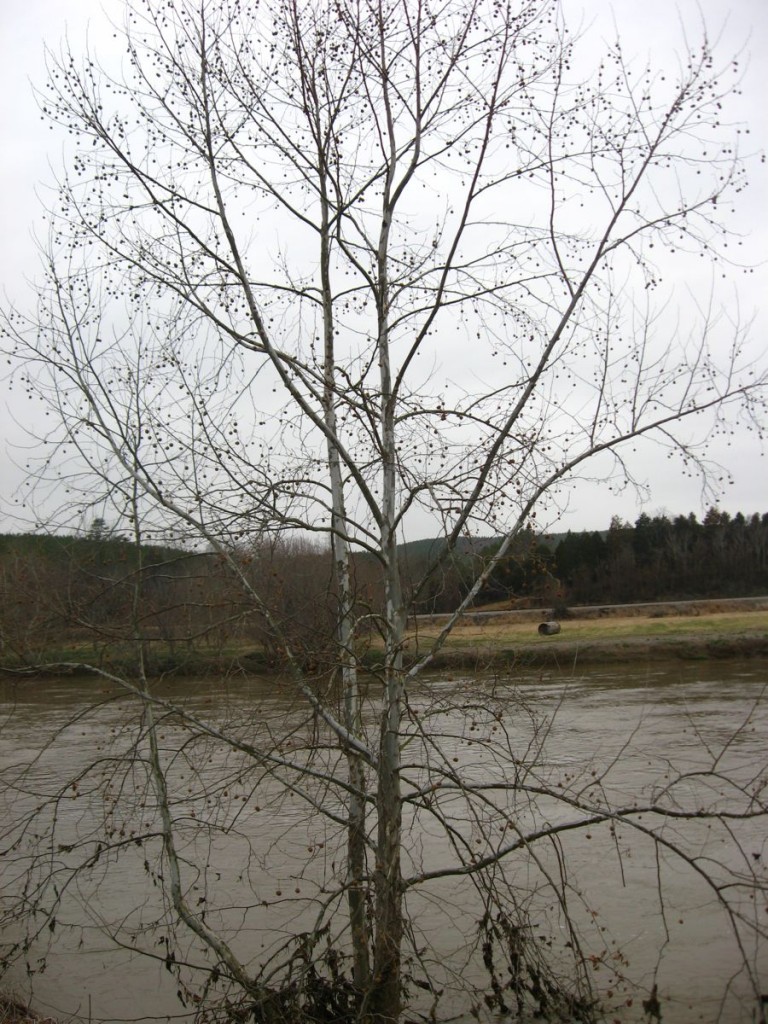
The Sycamore tree has quite a presence in our lives. It has been cultivated and hybridized with its European counterpart (Platanus orientalis) to create the urban street tree of the twentieth century. Â The London Plane tree (Platanus x acerifolia). Â Planted throughout Philadelphia, the Hybrid Plane tree dominated the city’s street tree landscape. It was a monoculture that became diseased and many of them are still dying off, leaving many Philadelphia blocks treeless and barren. Â They are hardy and adaptable, great to look at and require little maintenance (until they become diseased). Â There are still many Philadelphia streets graced with great rows of the London Plane tree. Â The London Plane Tree can be differentiated from the pure Native Sycamore by the fruit, which hangs off the branches in a ball form. Â The Plane tree has a cluster of two fruit balls, while the Sycamore has just one. Â The following picture of a native Sycamore clearly displays the one fruit ball. Â The photo was difficult to take, because it was getting dark and there was no tripod available. The tree was growing so close to the James River, it was hard to get to close. Â The camera was held as steady as possible, with a deep breath and a relaxed moment, the image was captured: the single fruit of the Sycamore; a truly native specimen still holding its seed.
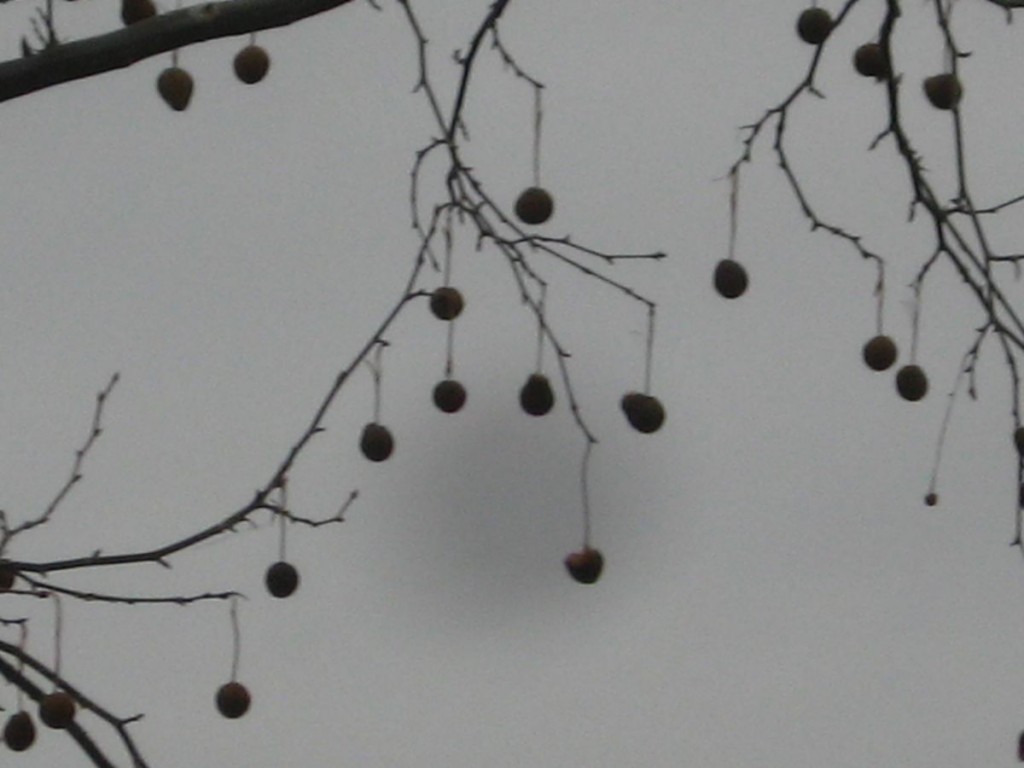
Virginia is for Rivers. Â A colony of Sycamores grows along the banks of the majestic James River along the foothills of the Appalachians. Note how the white bark makes the trees stand out among the others.
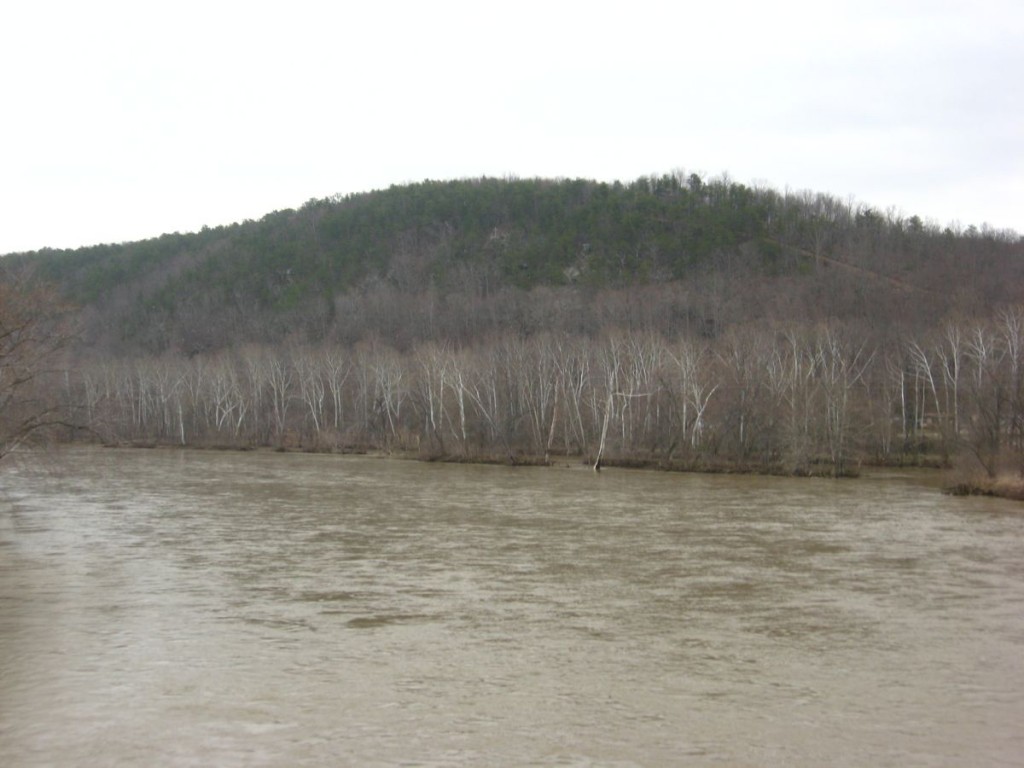
We had to leave James River State Park as quickly as we had arrived. We had another 300 miles to go and there was a monstrous weather system right behind us. The whole way back to Philly, this system was at our heels, with winds and rains just behind our tail. If we stopped, it would start to rain heavily. Back in the car, up to speed, we were in front of it with dry roadways. Everytime we slowed down, the storm overtook us, and we had to keep moving fast if we wanted a dry roadway.
Earlier on in the day, as illustrated by the next photo, the road to the James River State Park was very picturesque.
